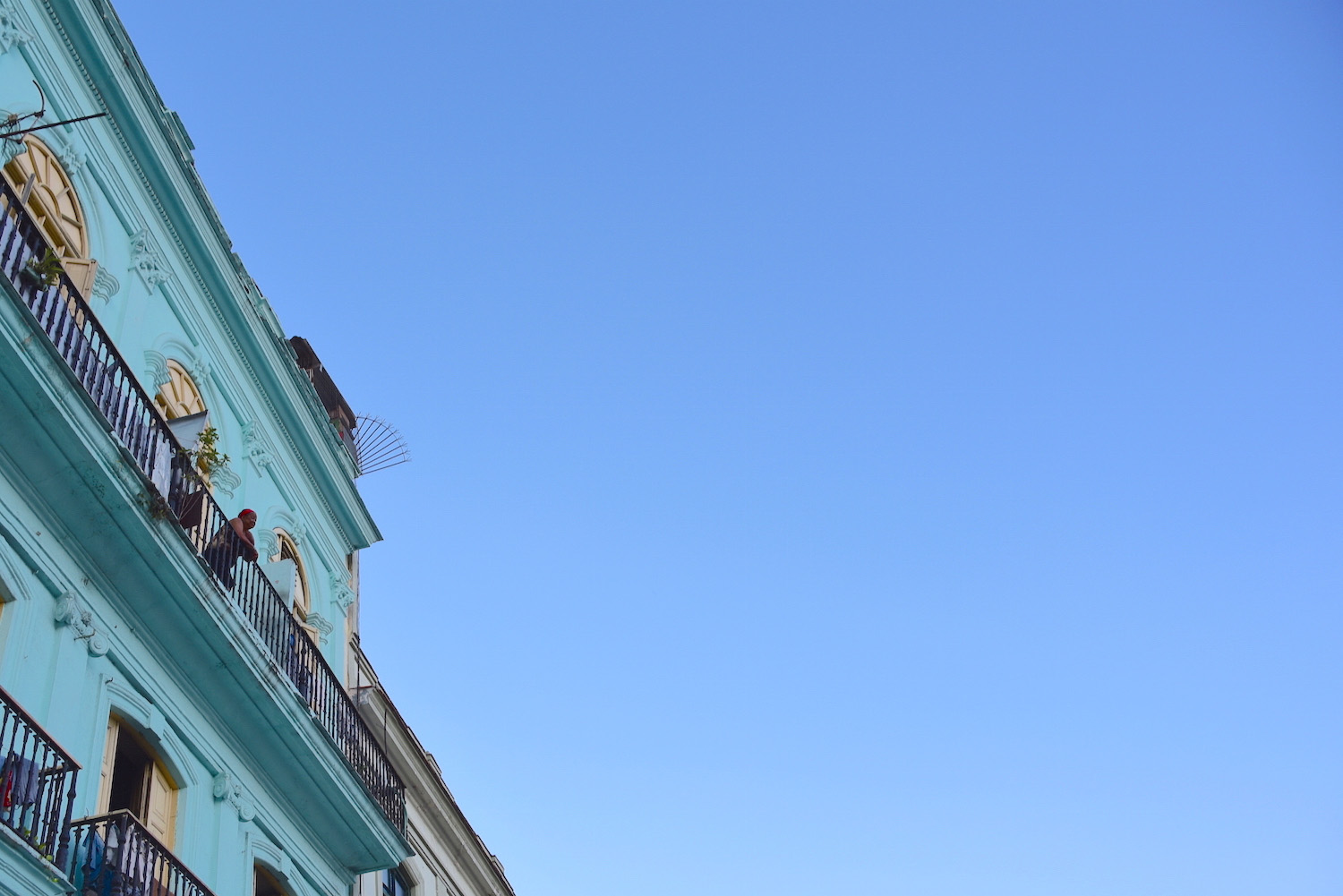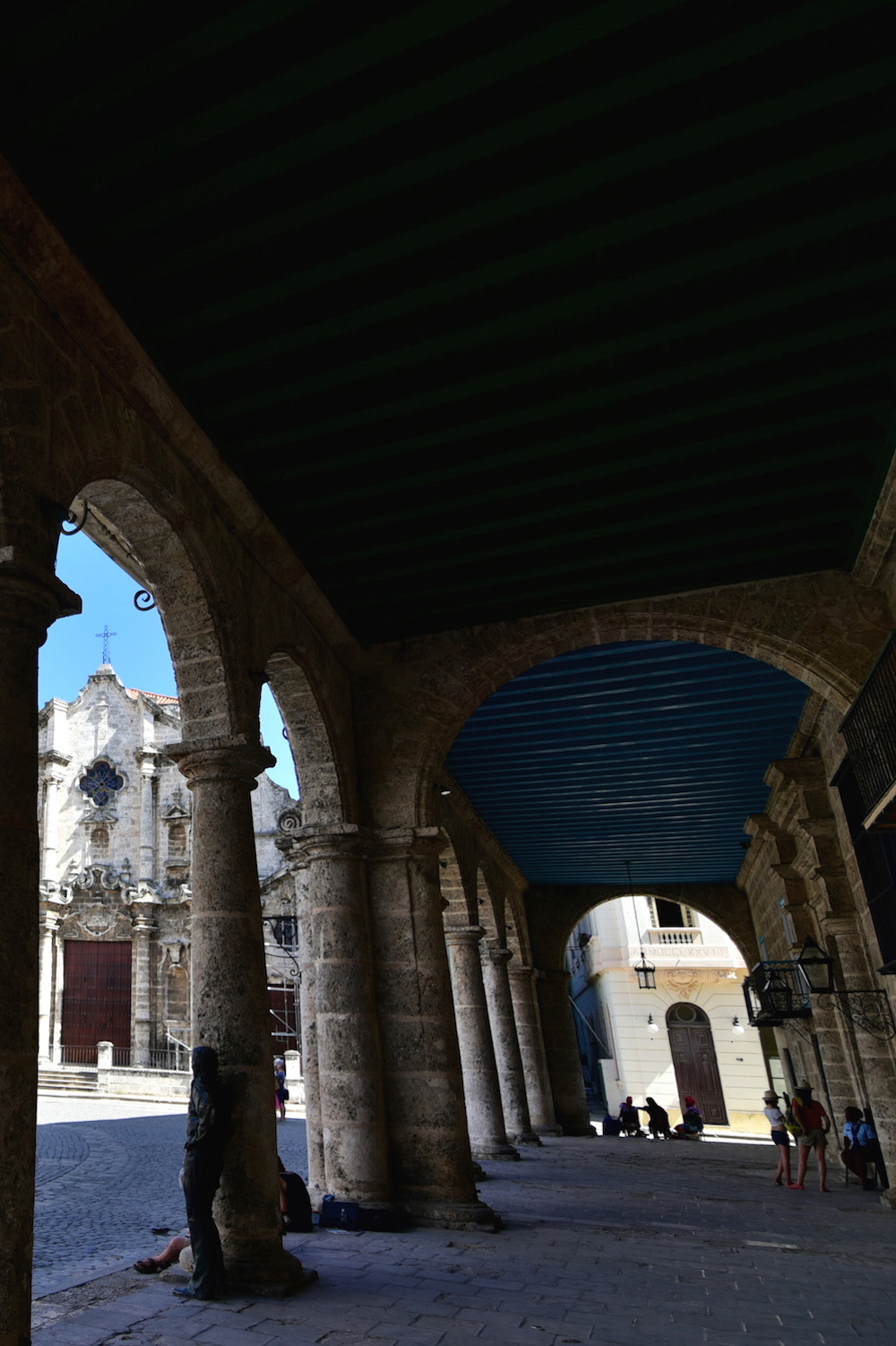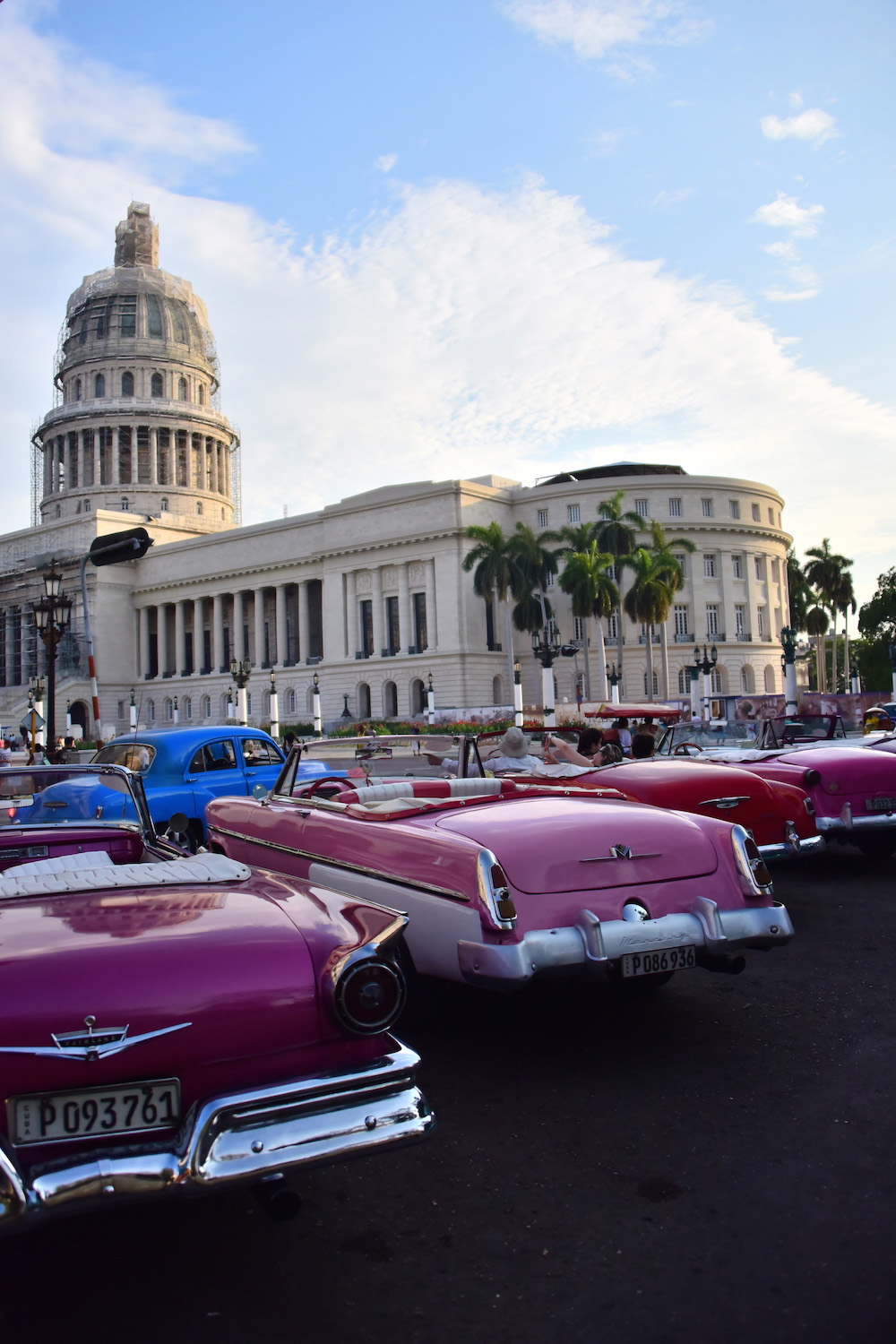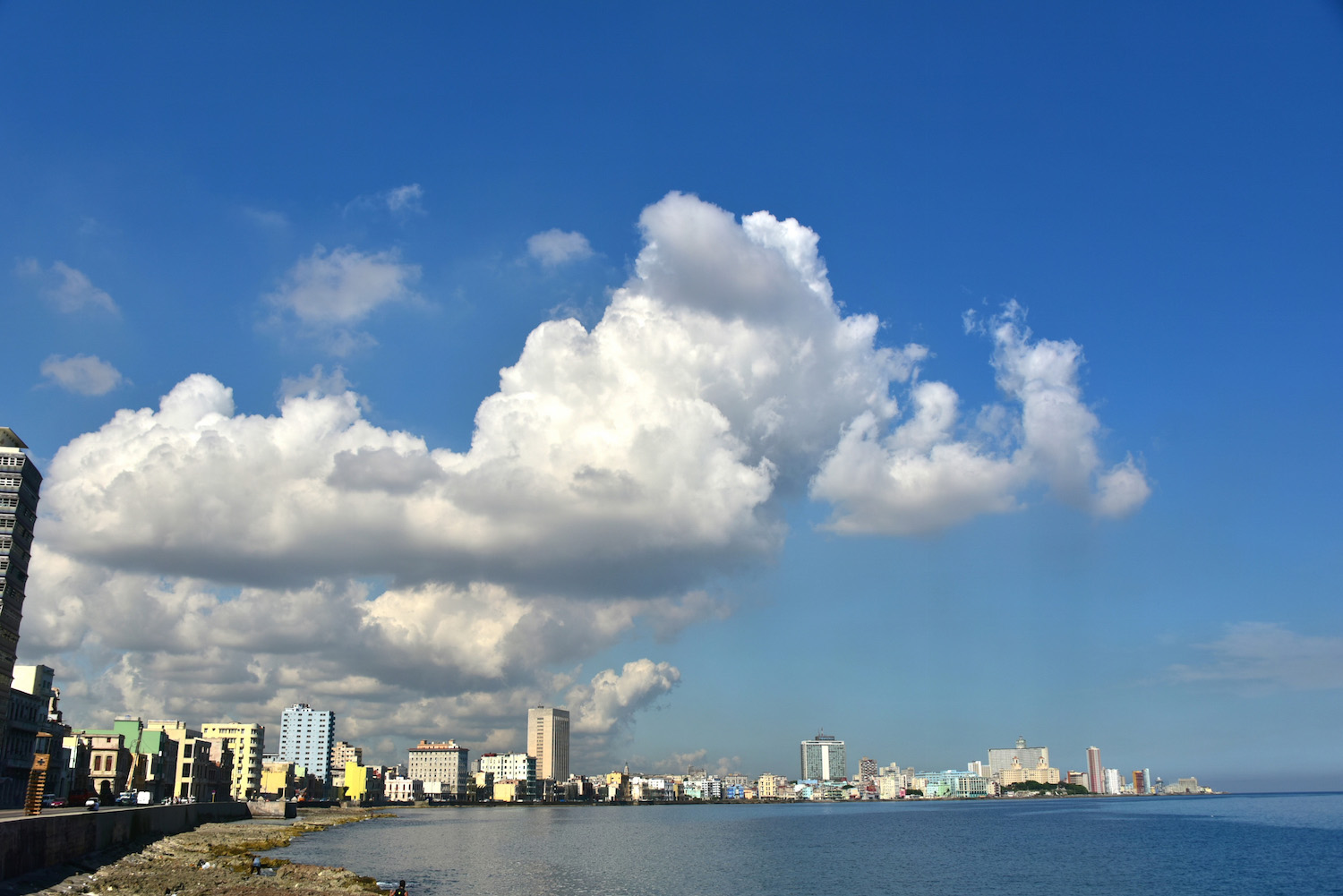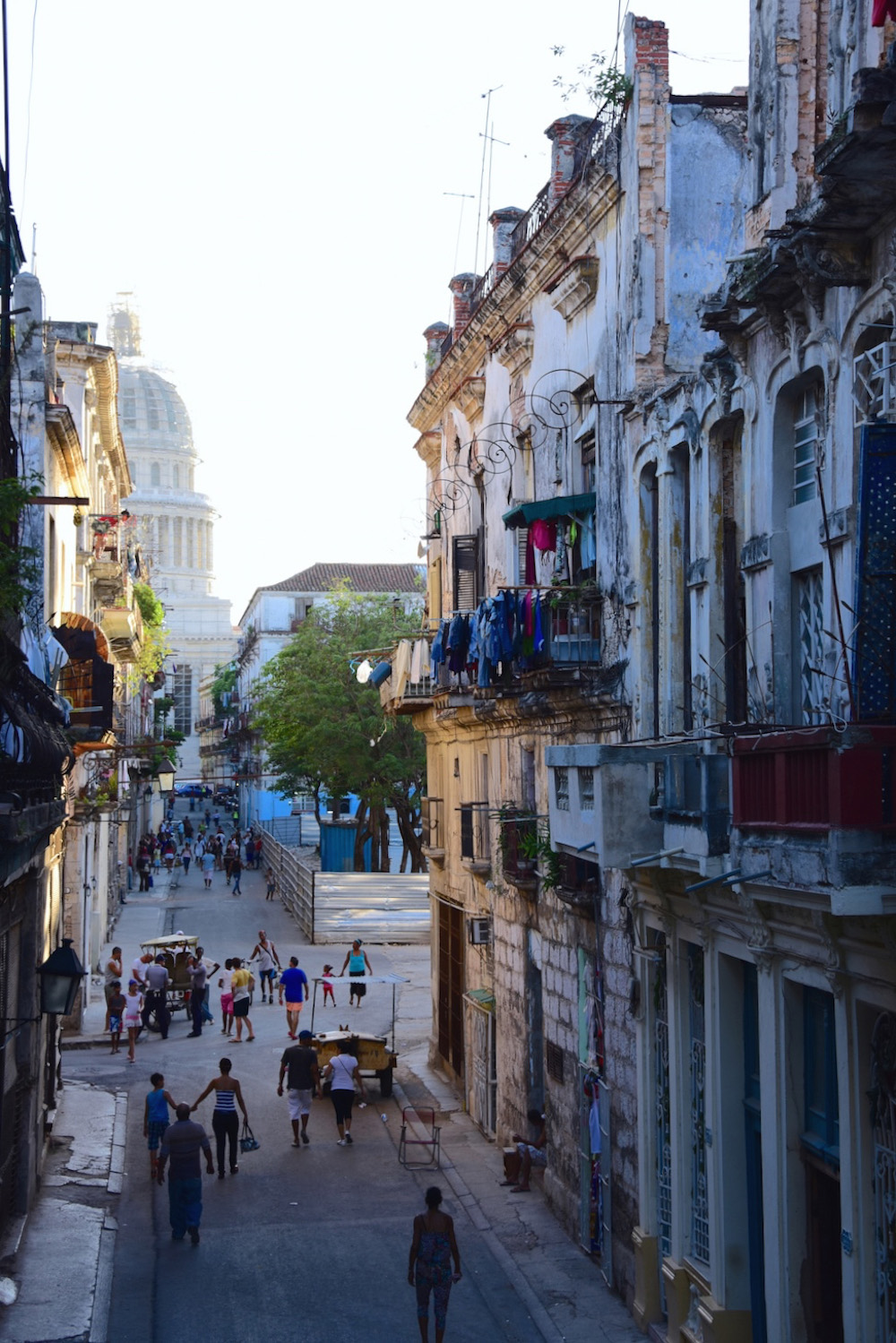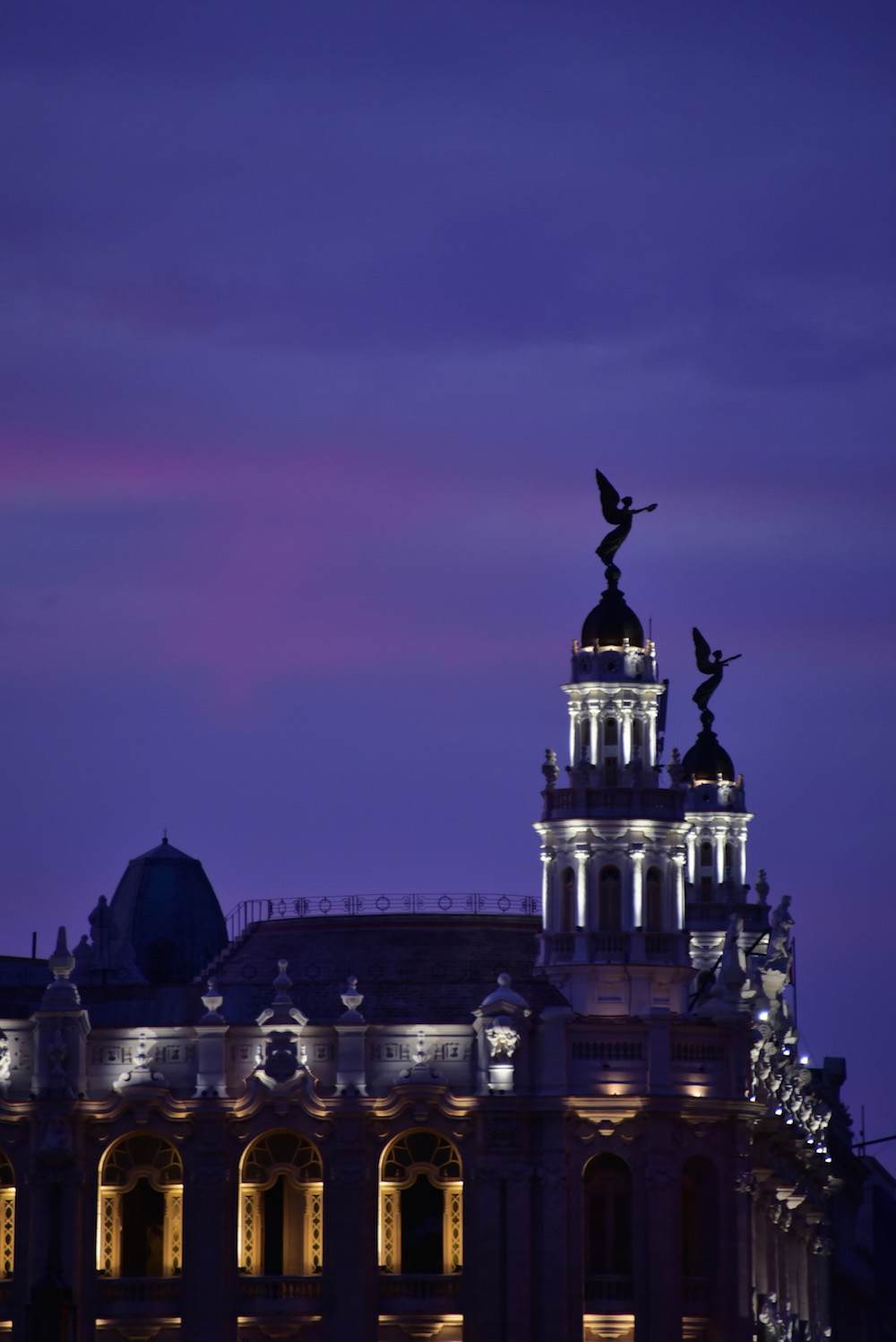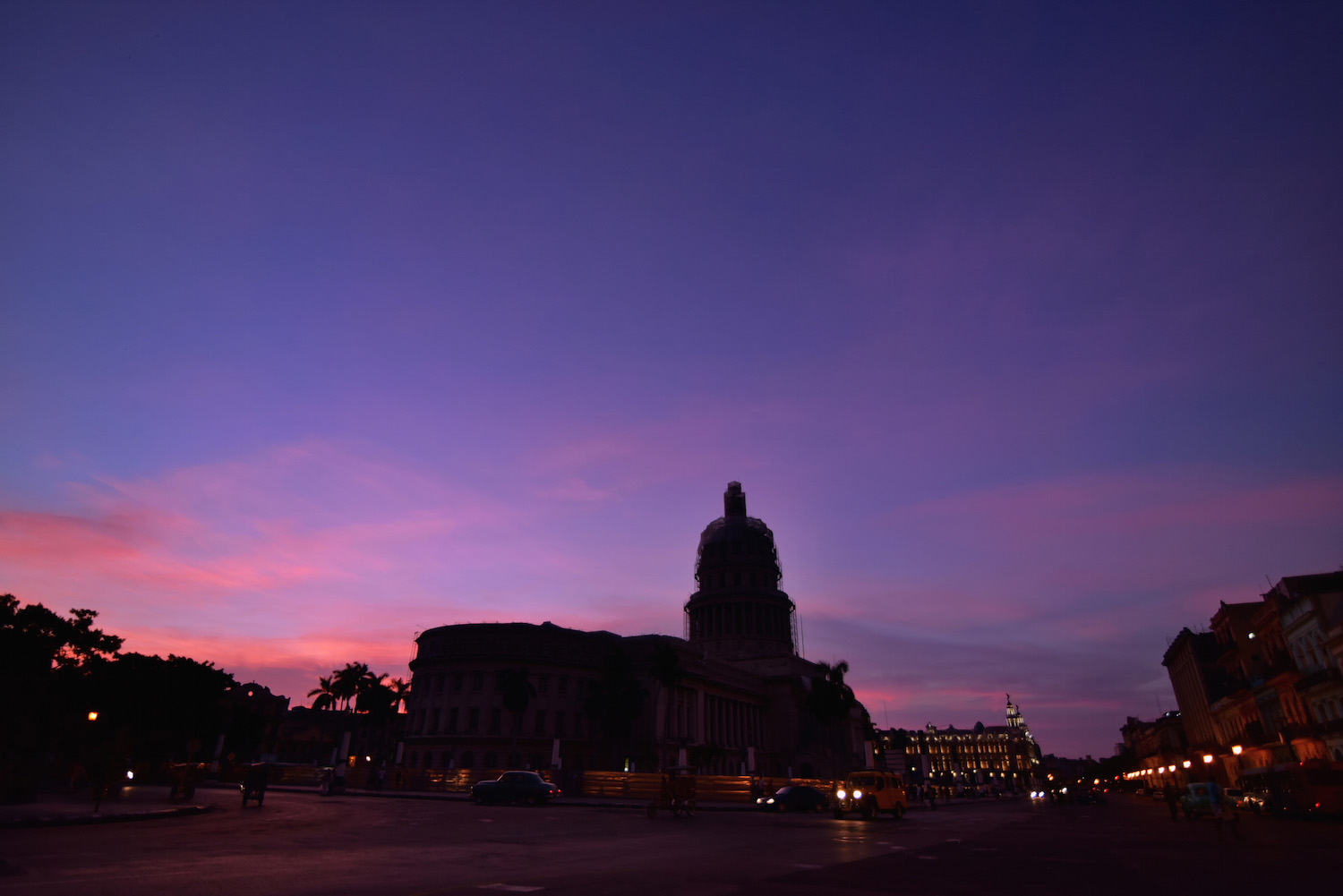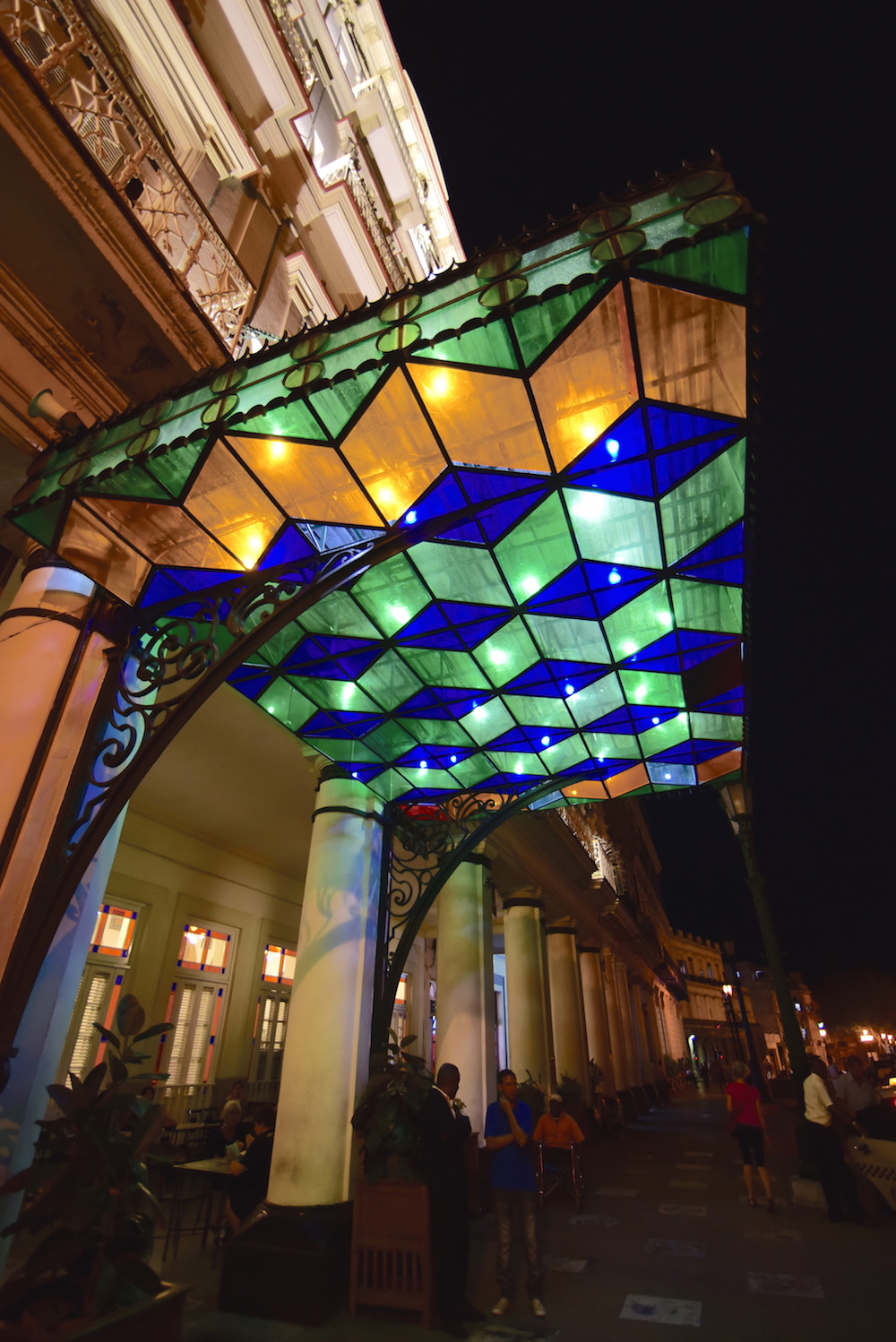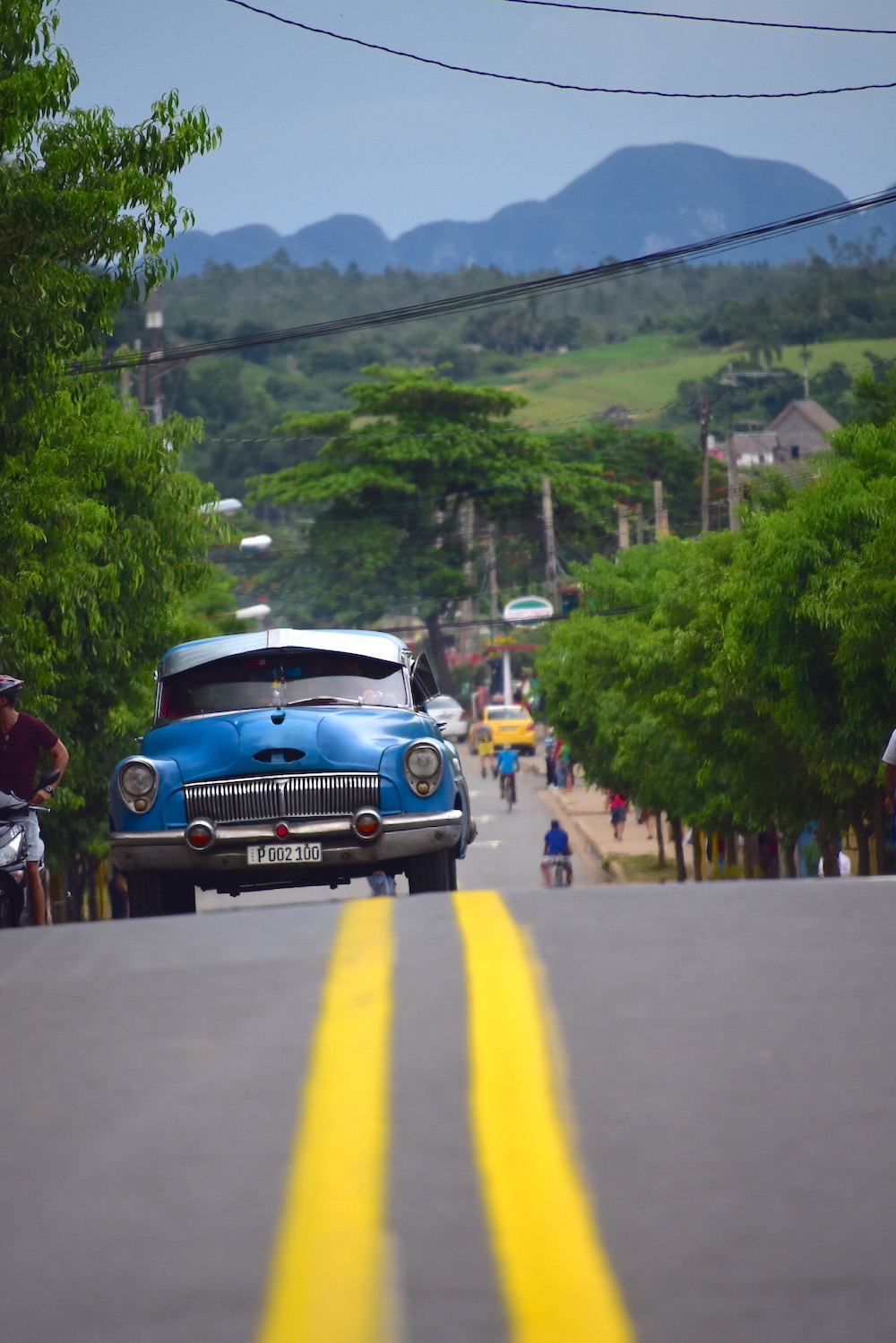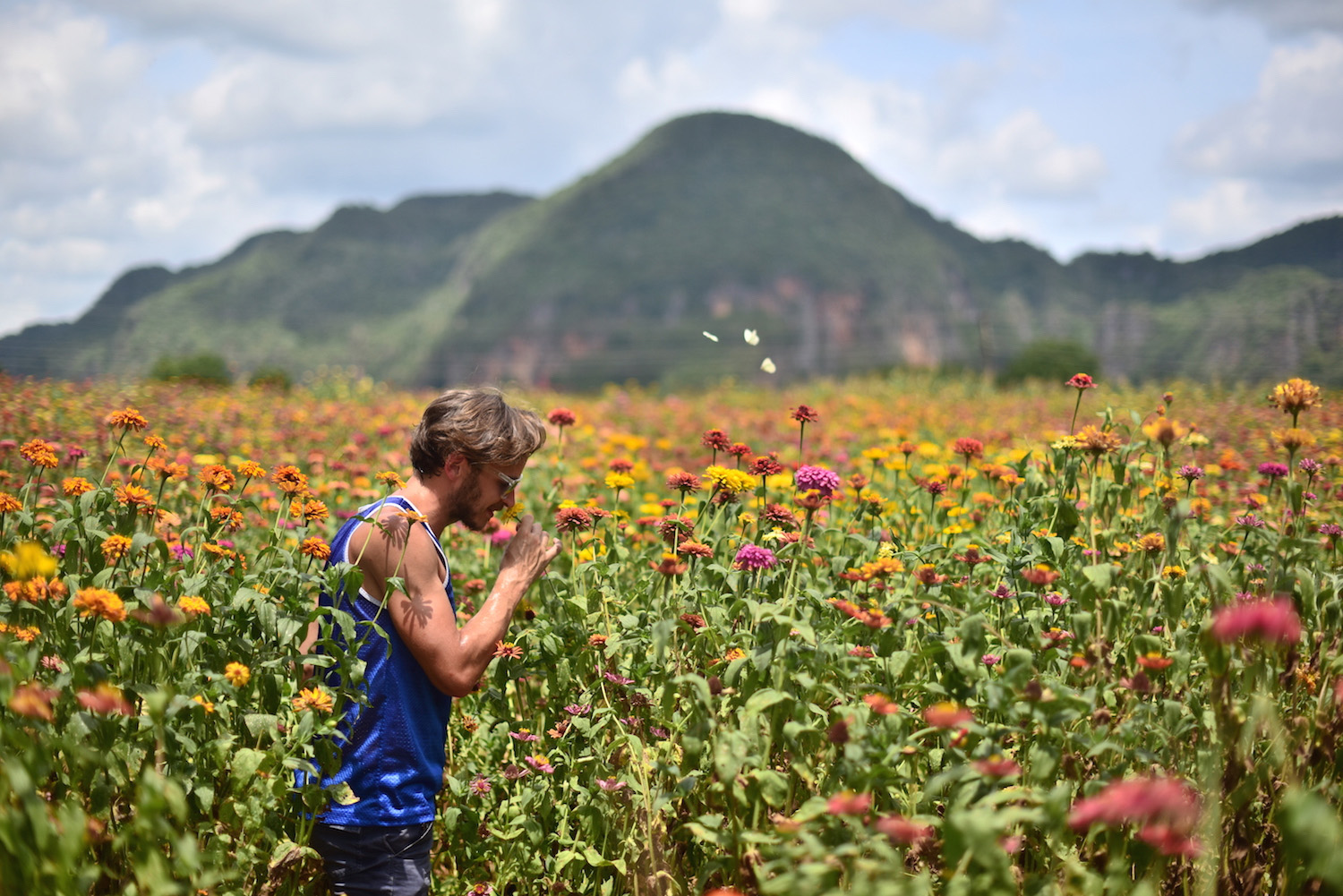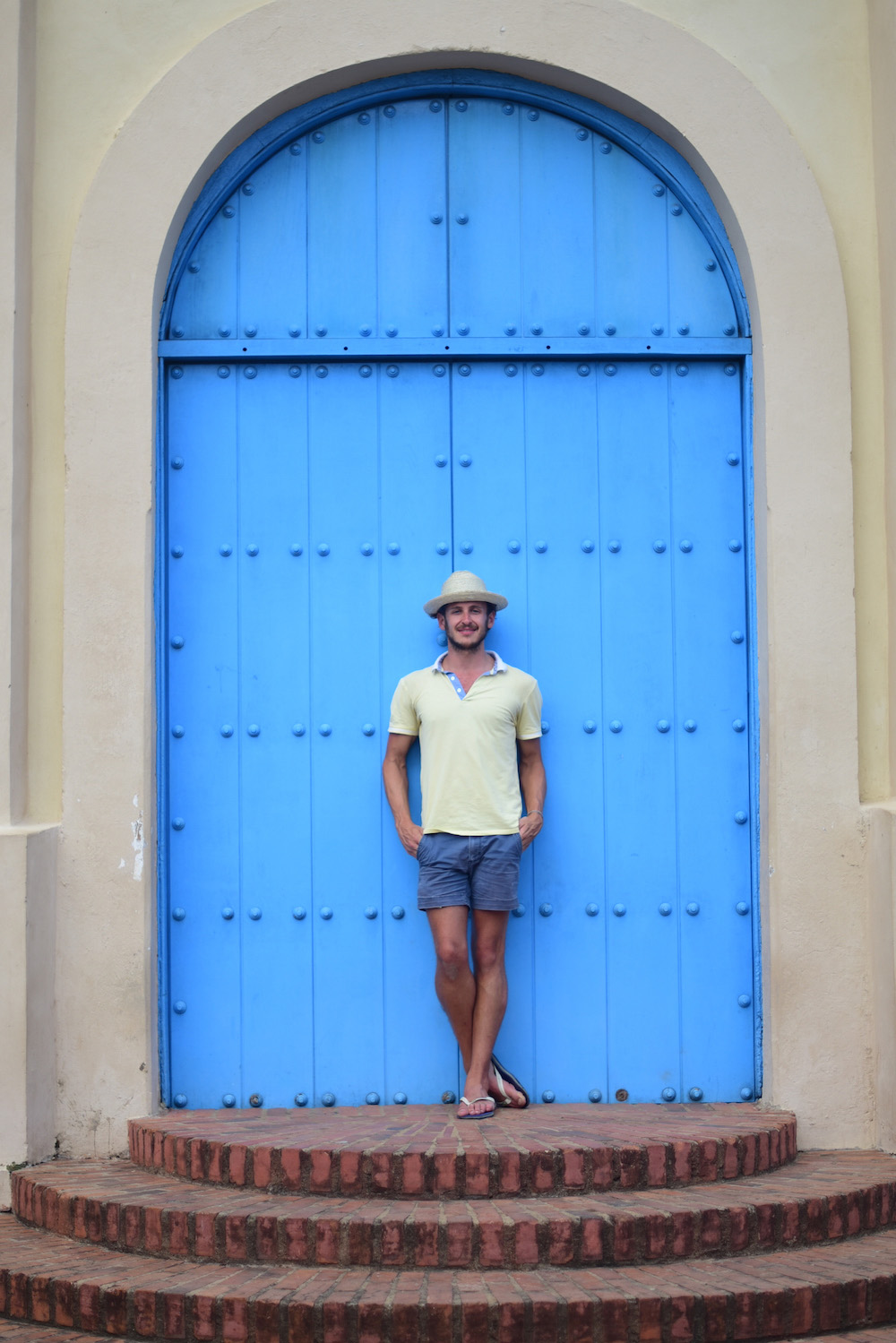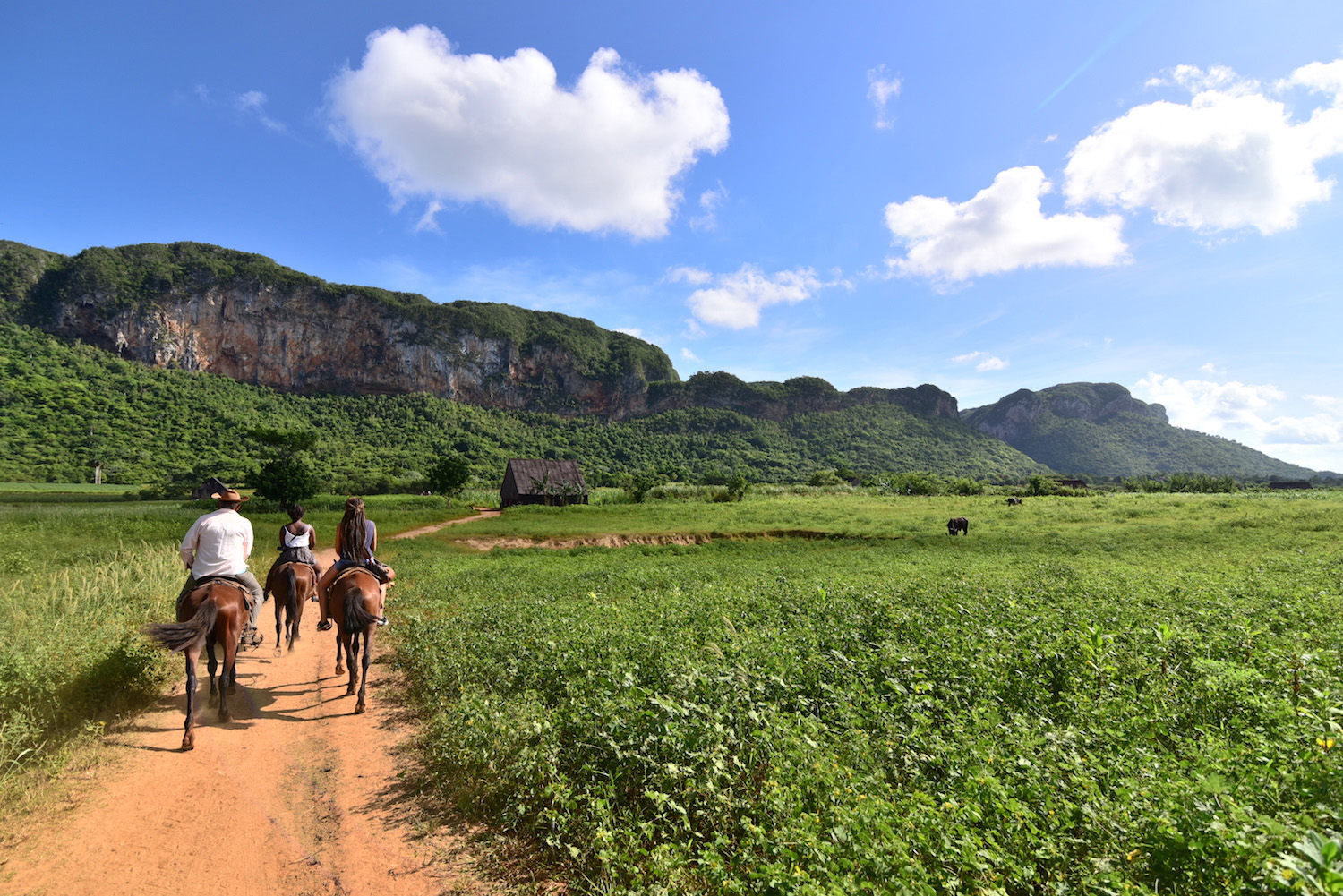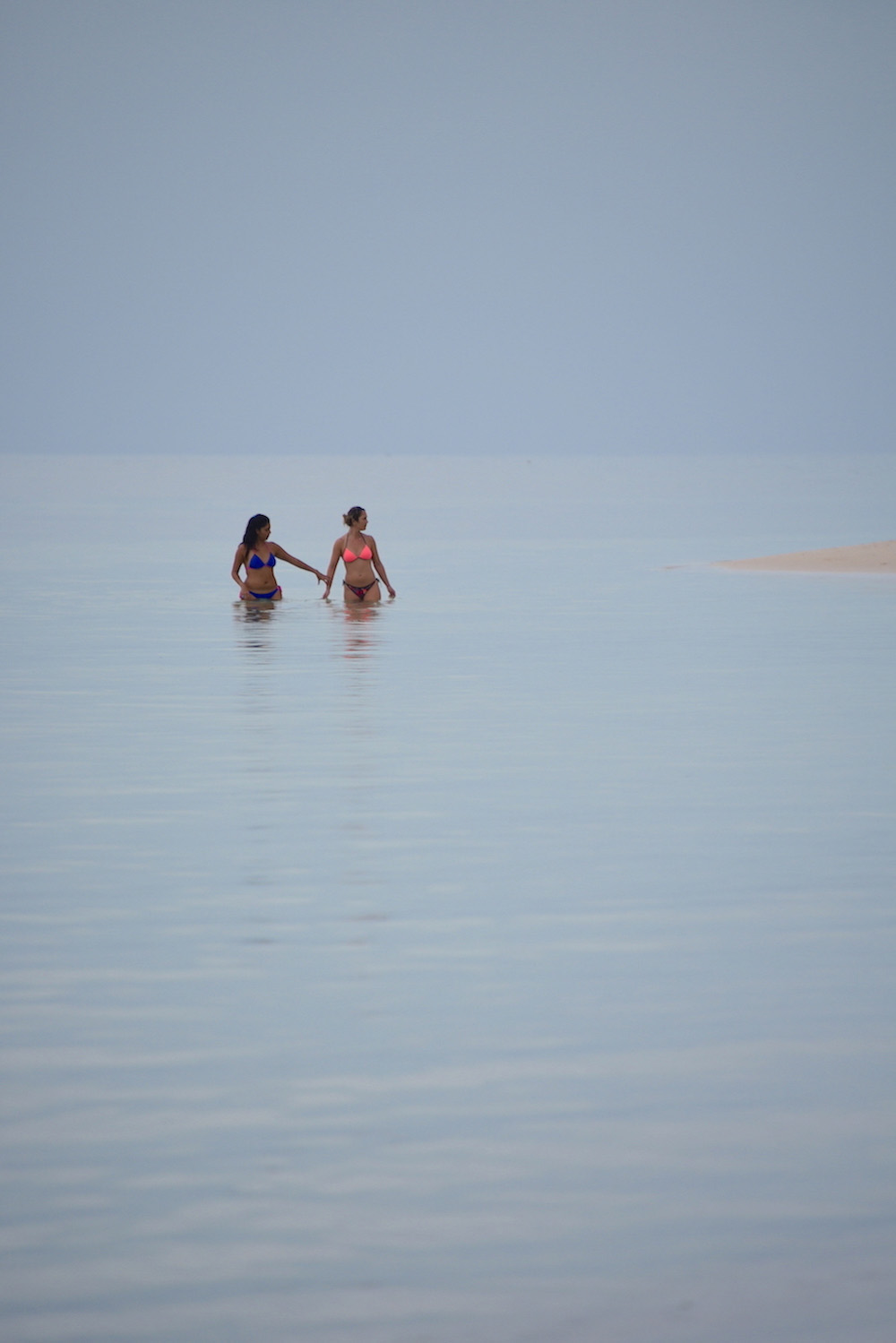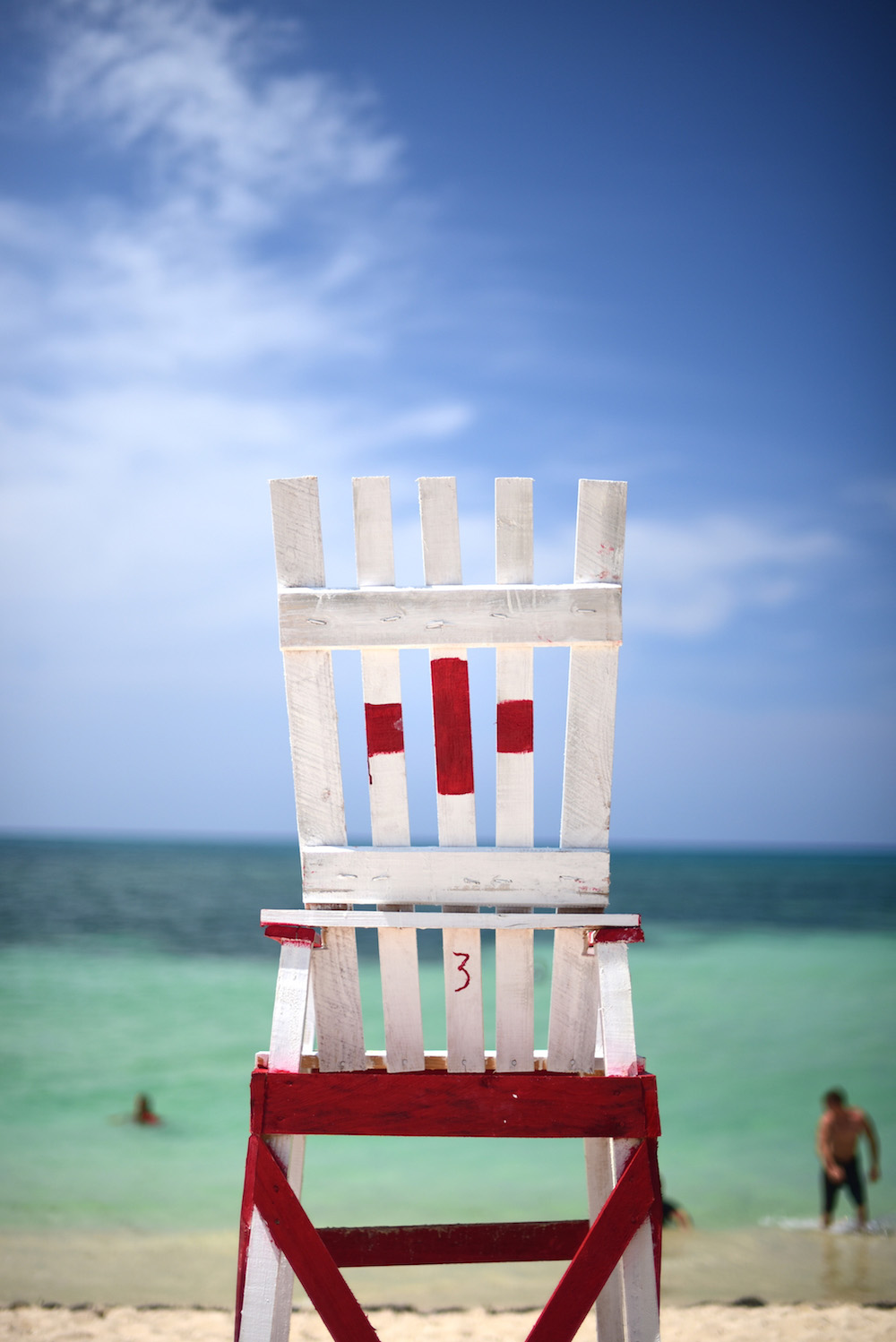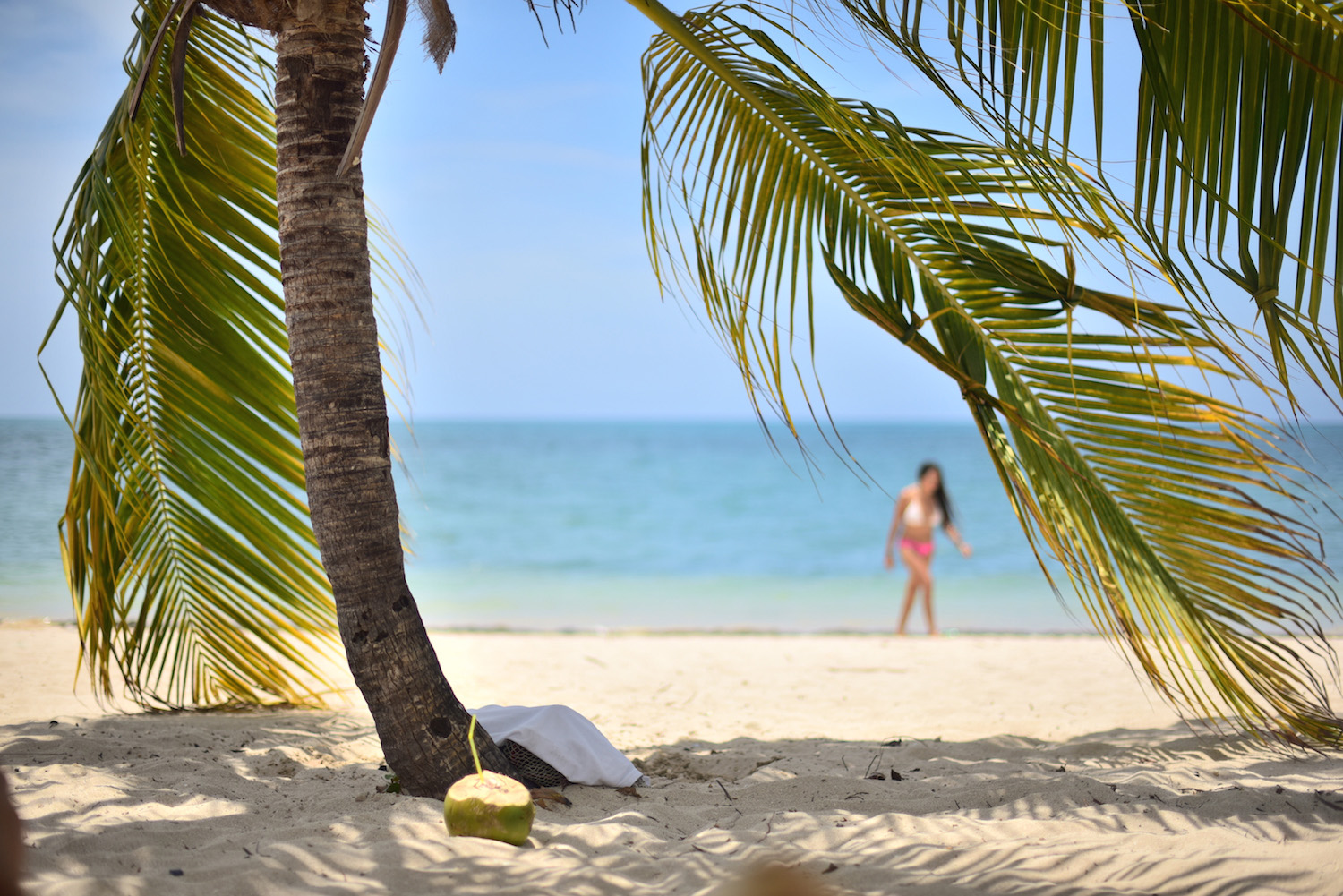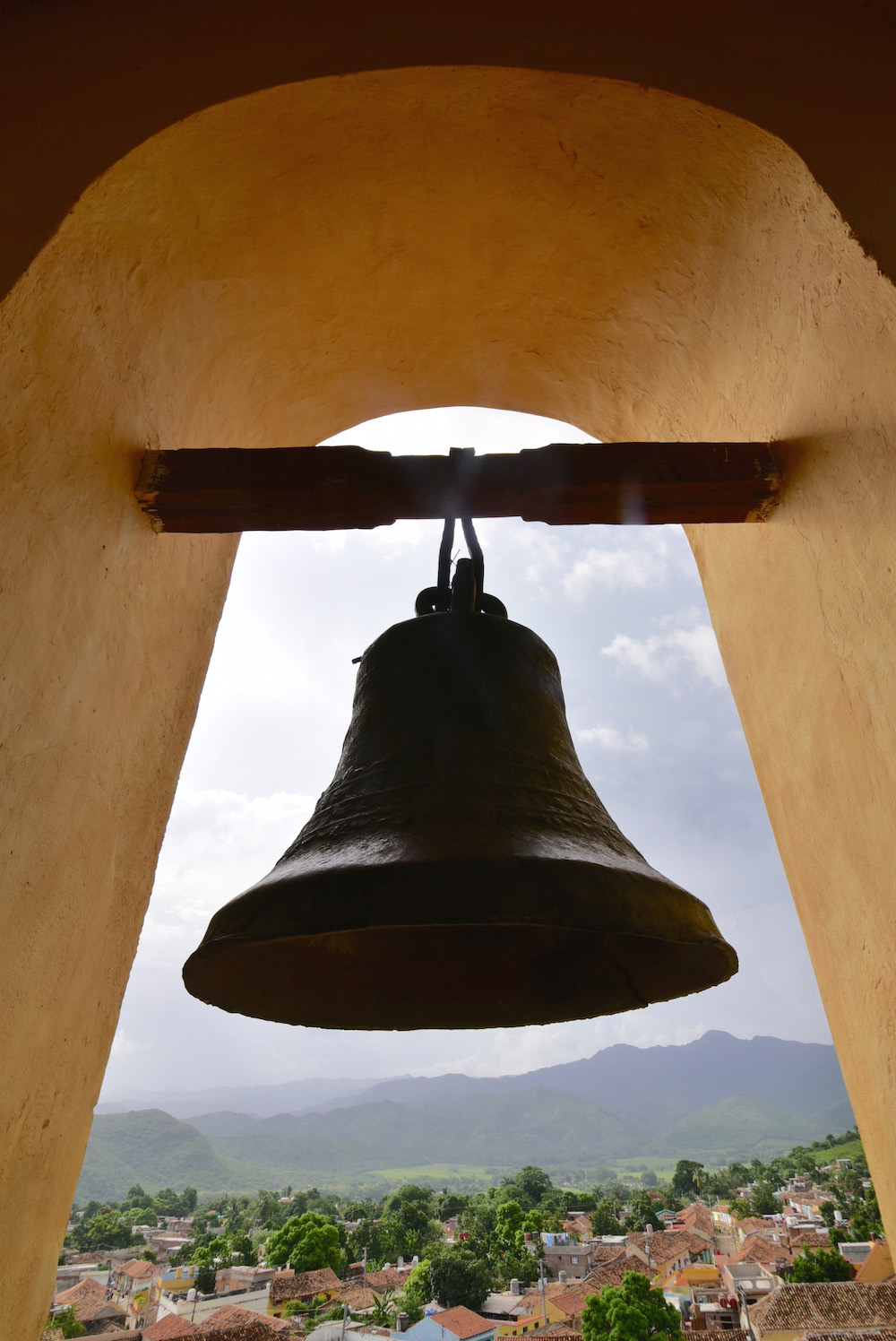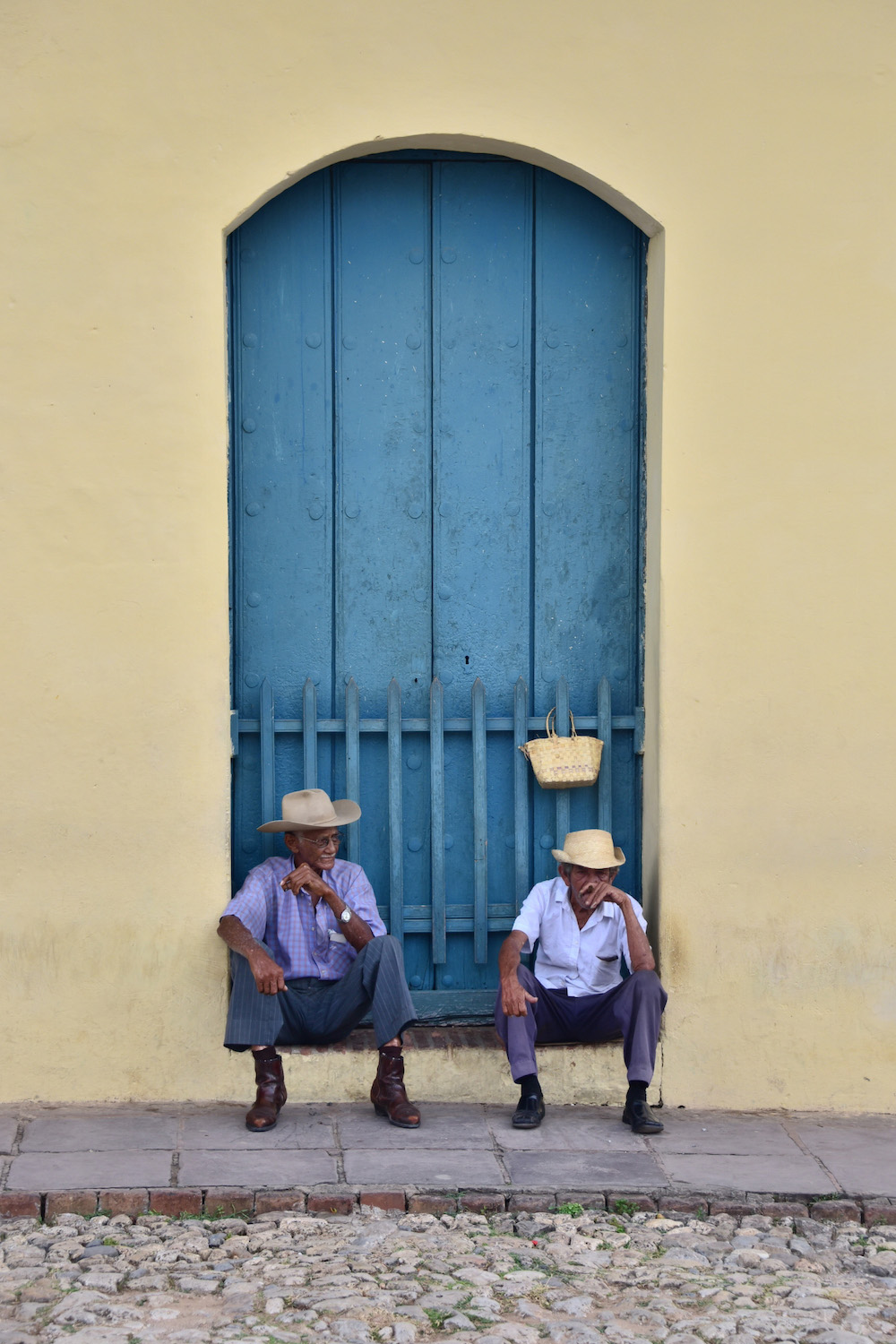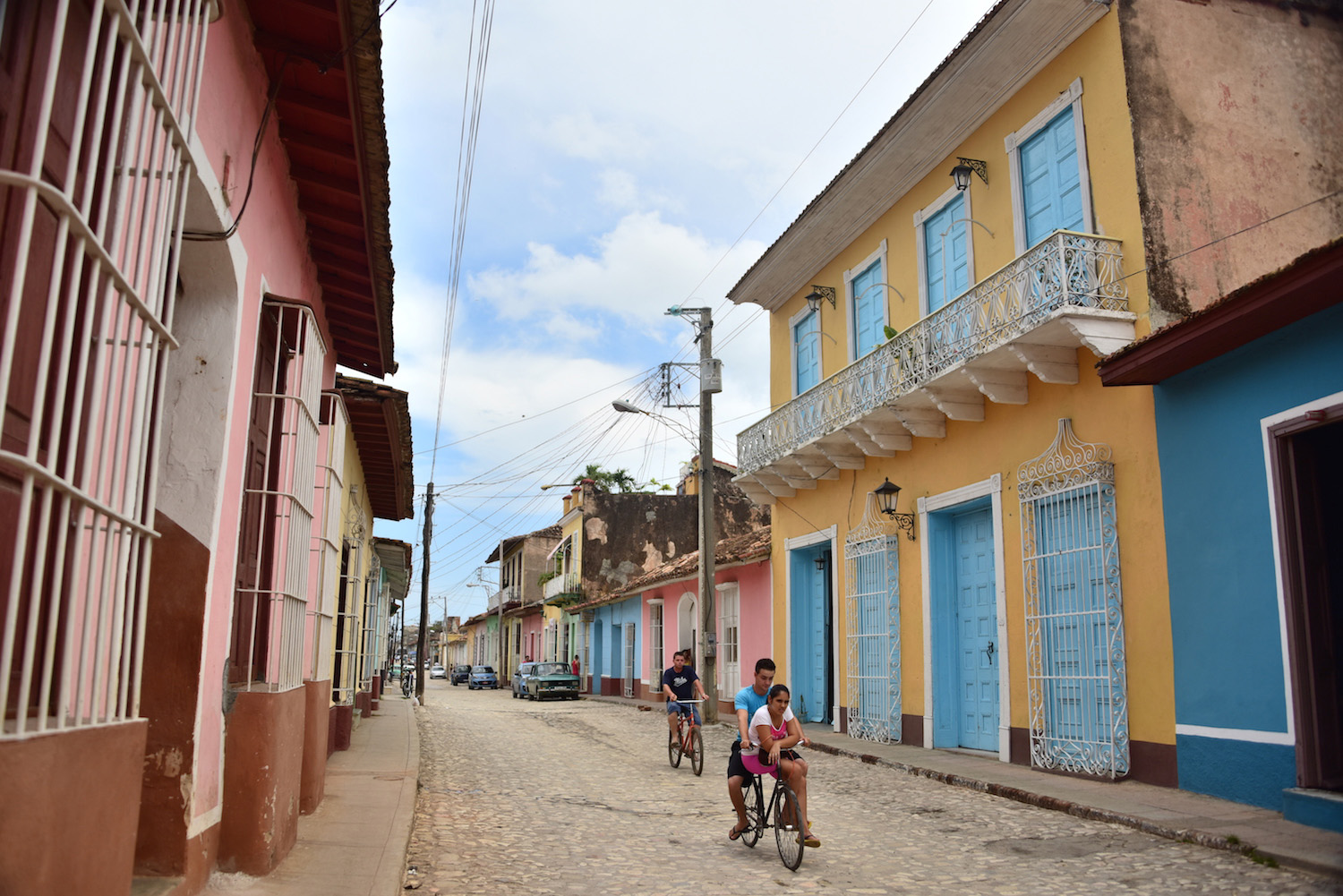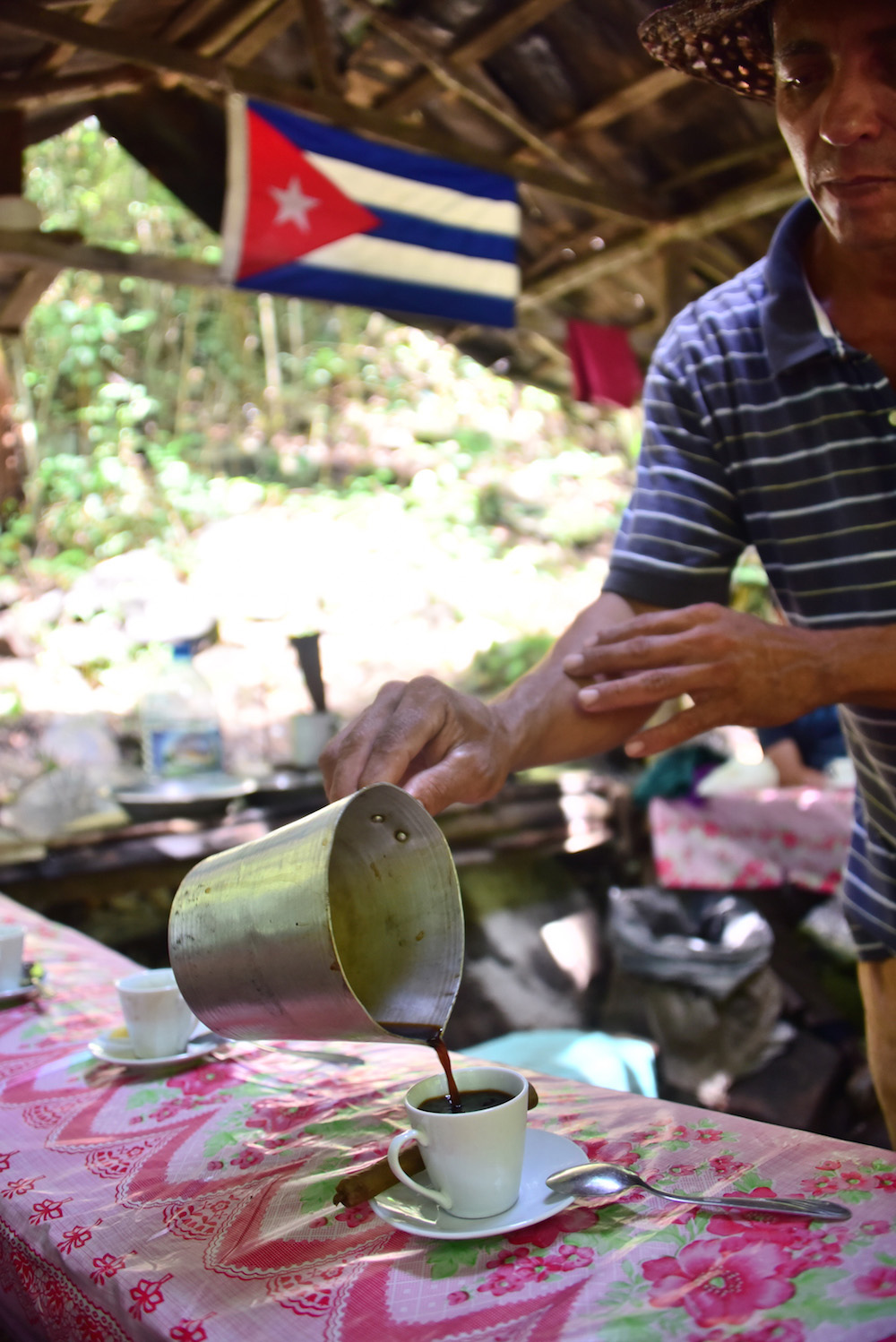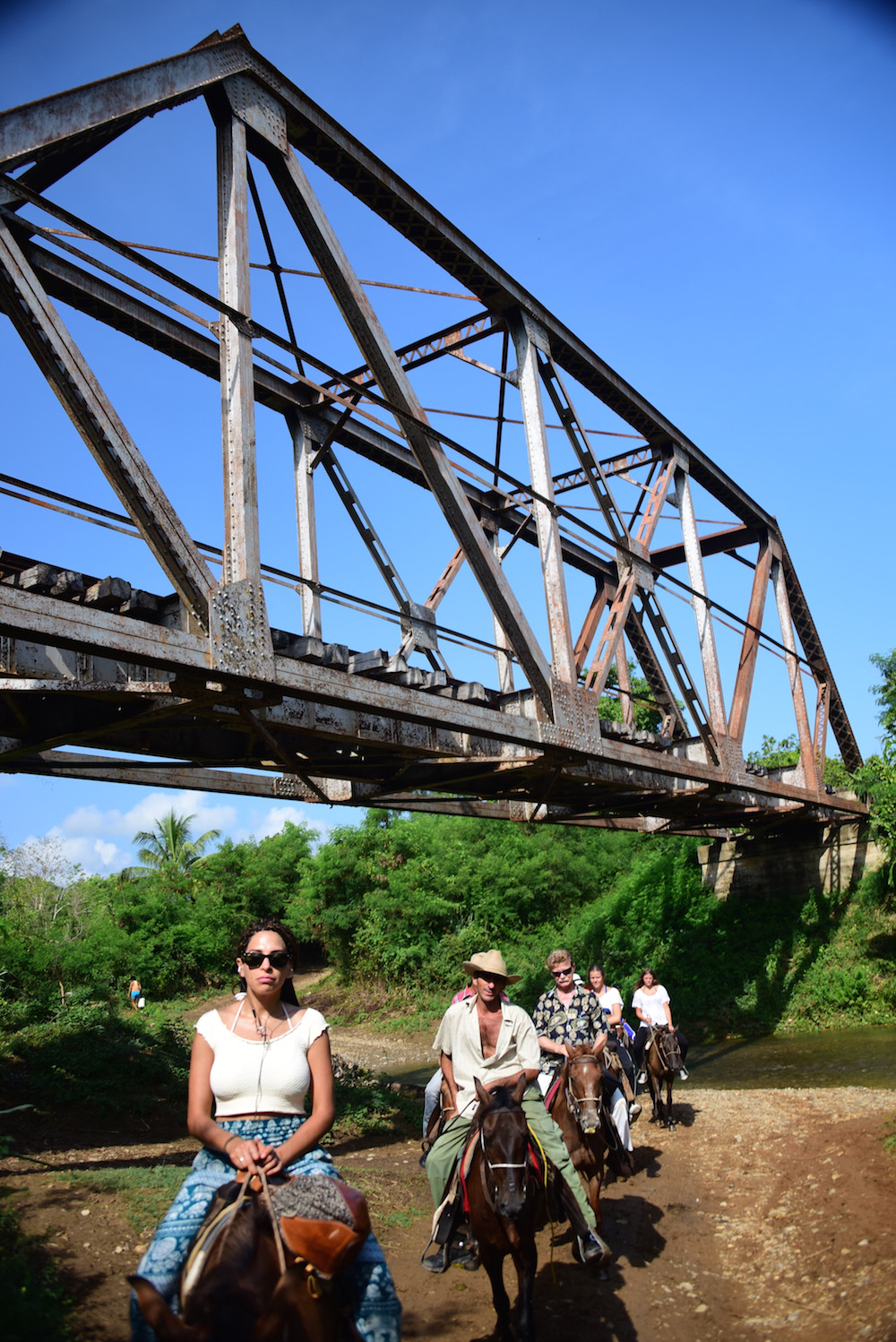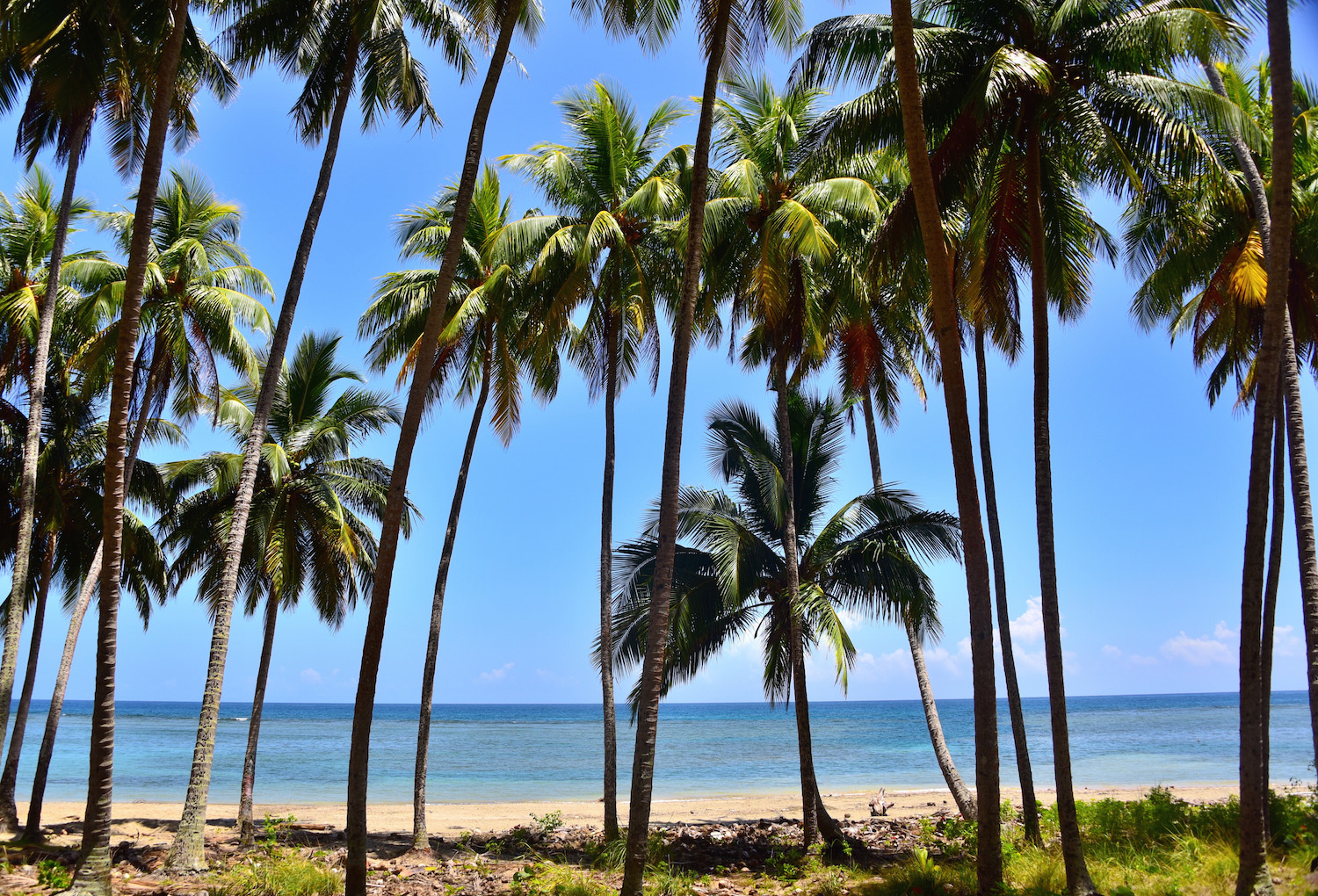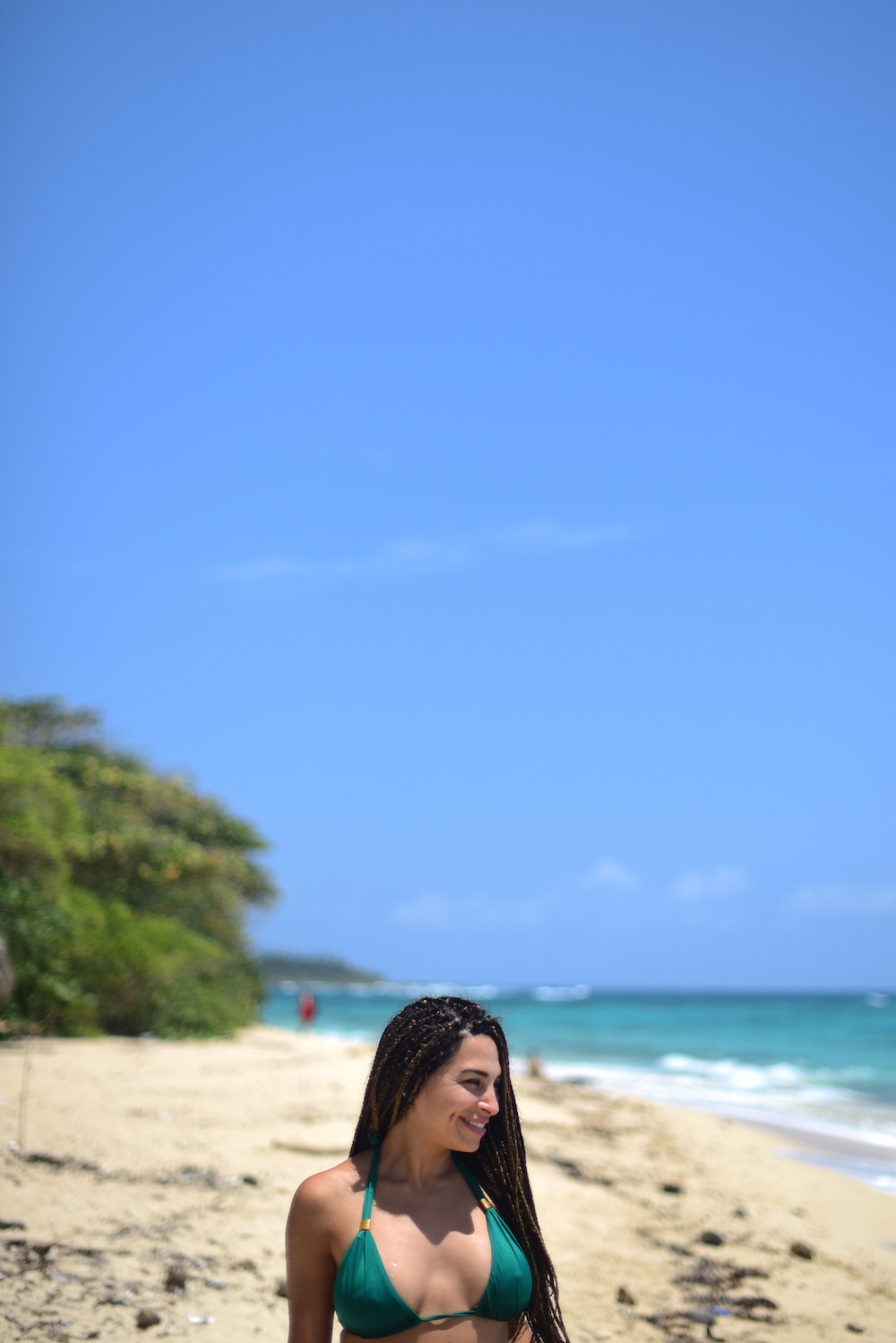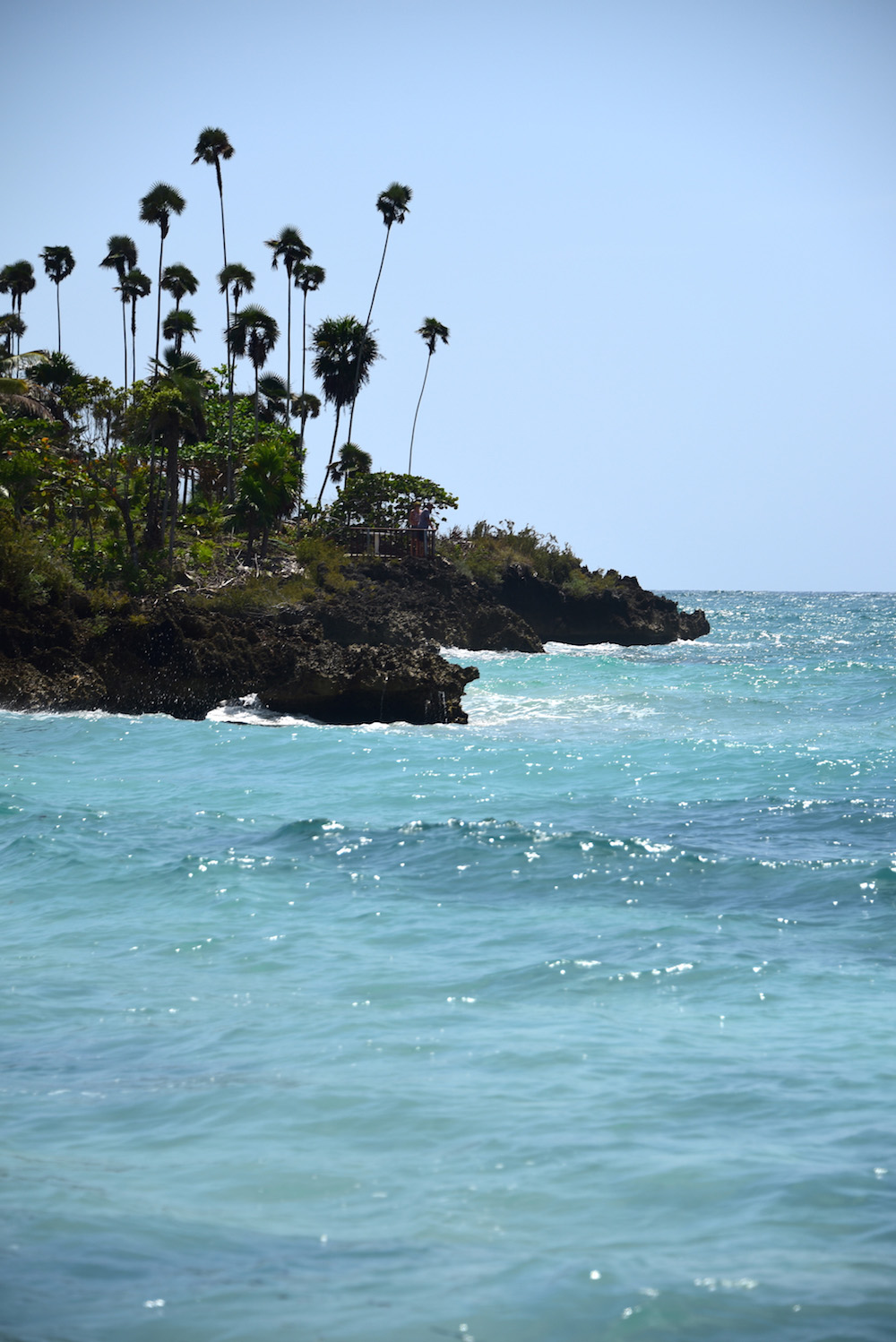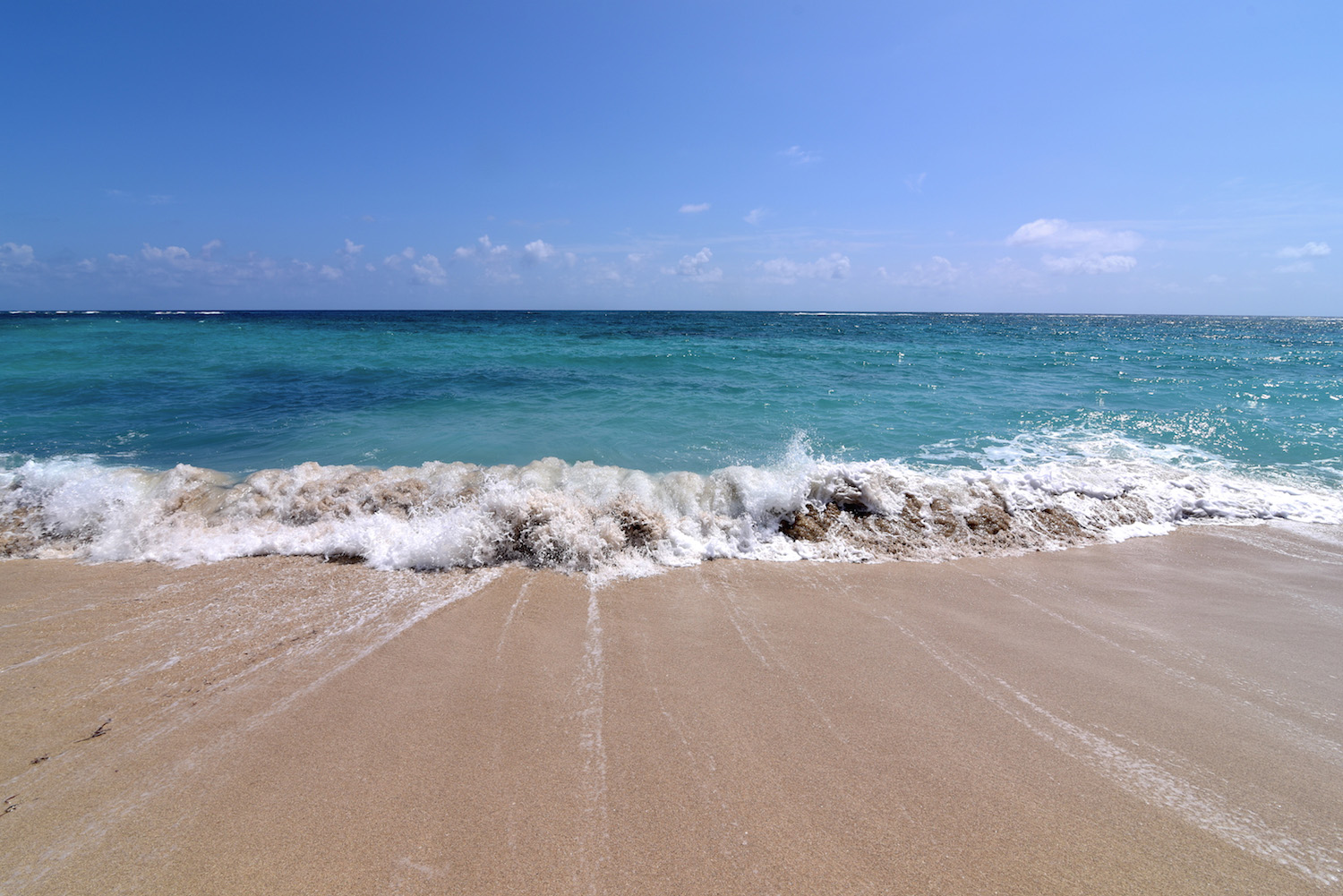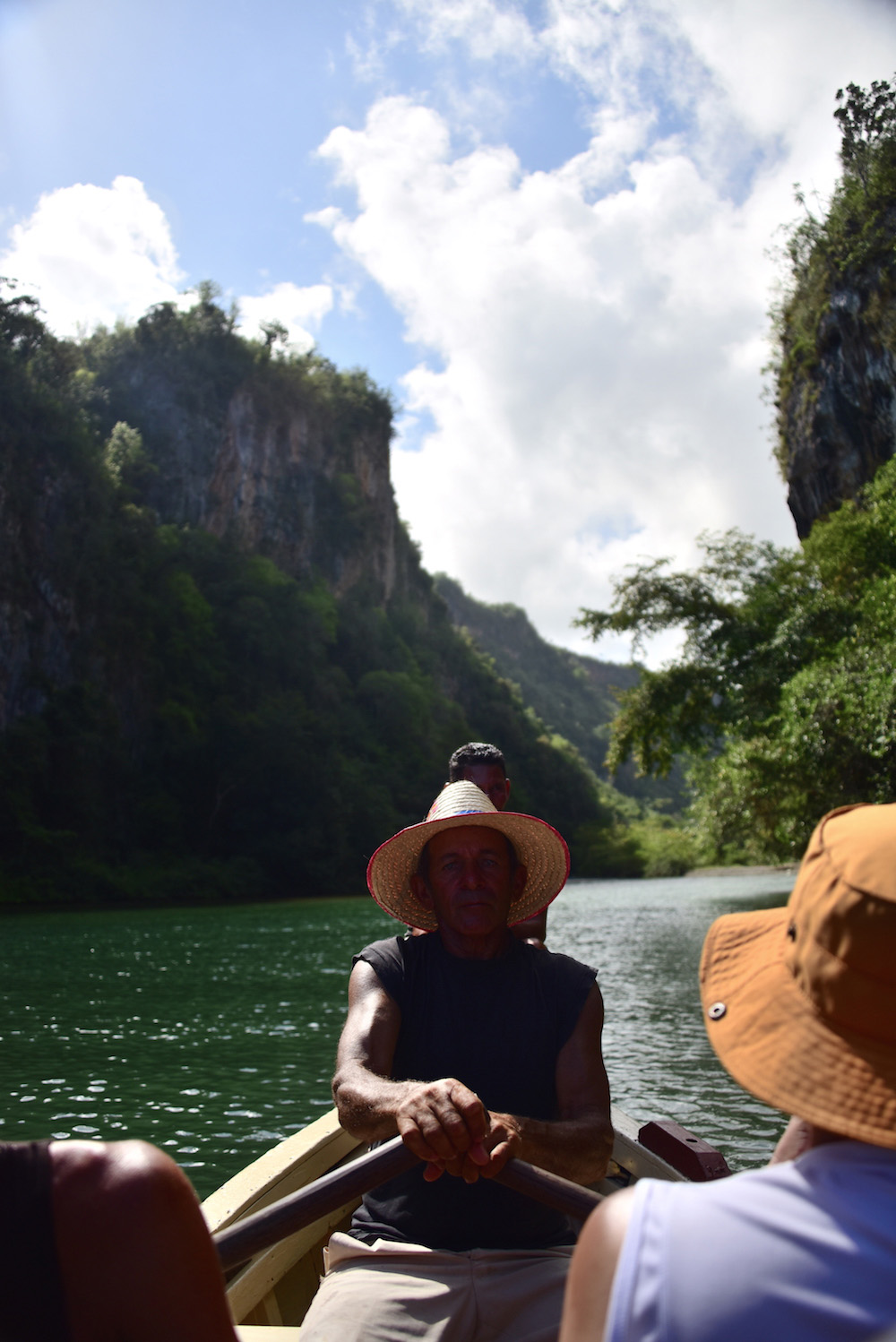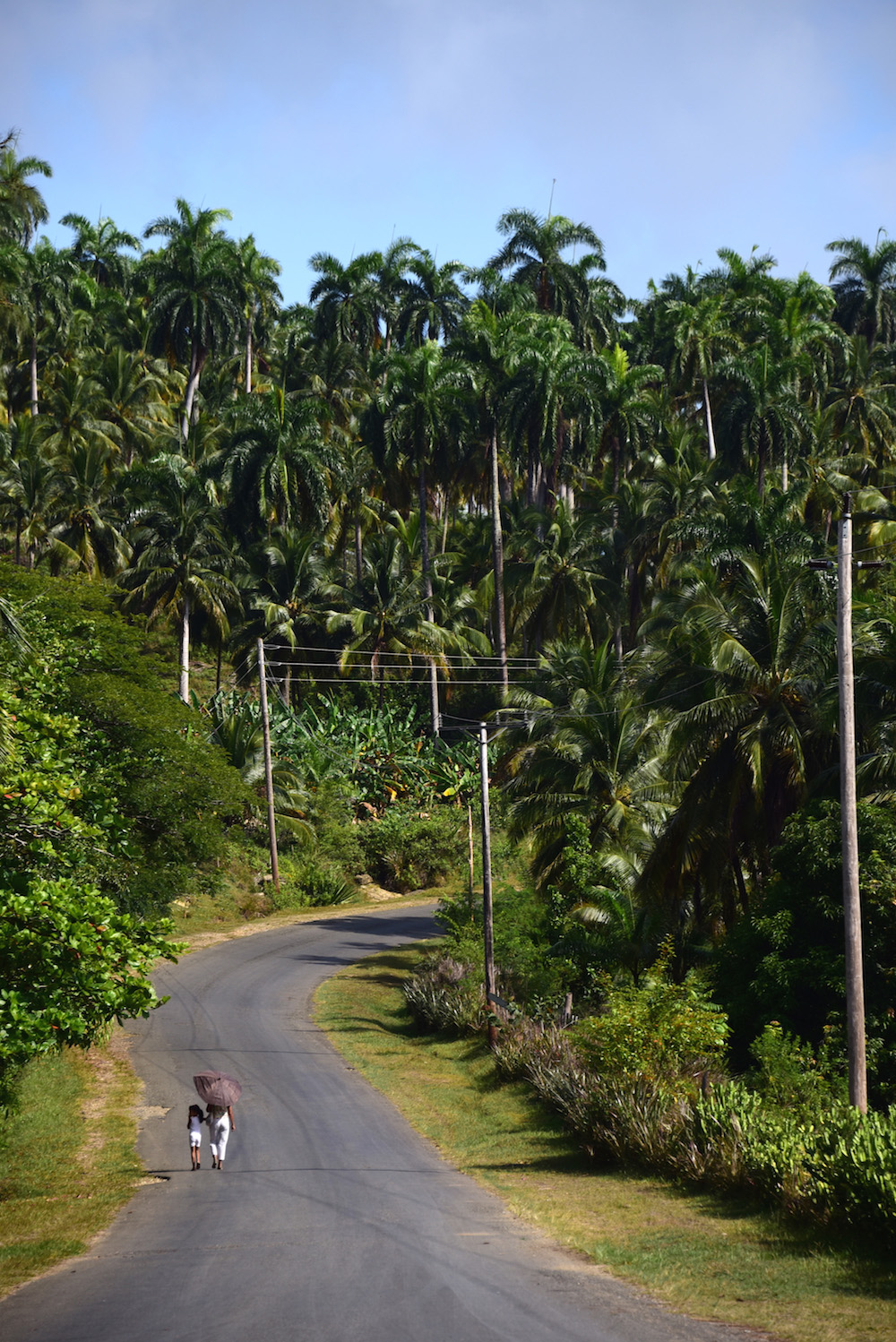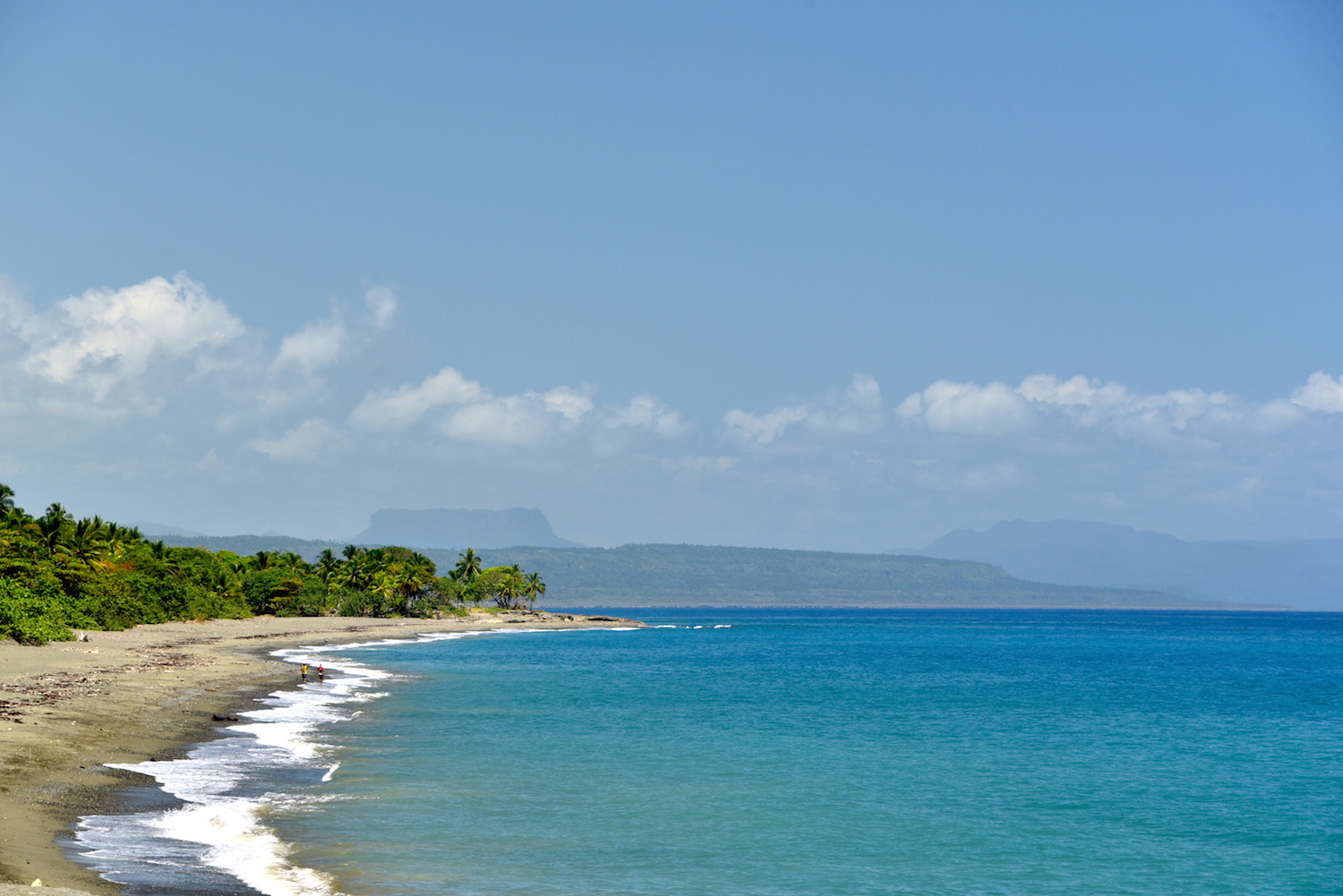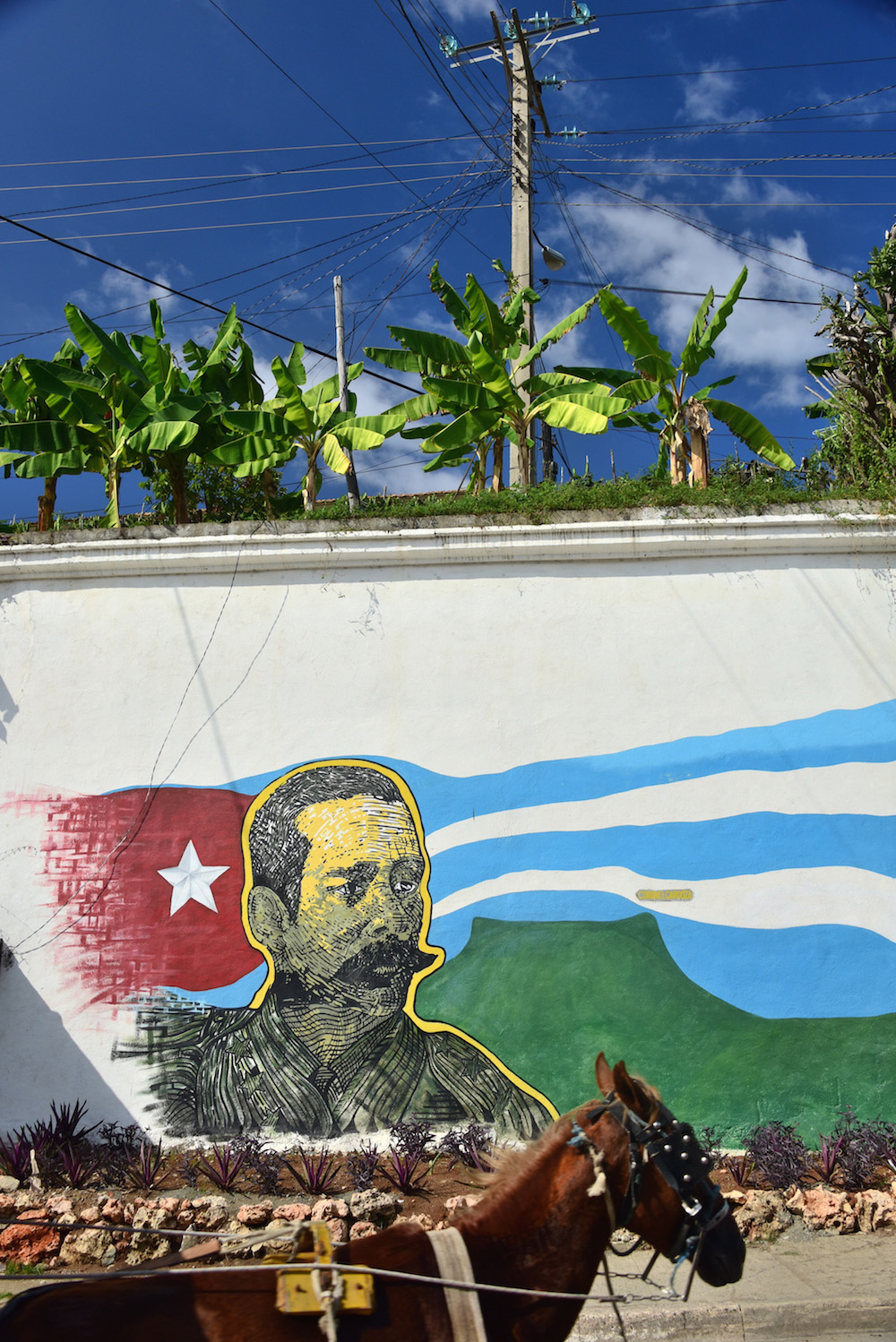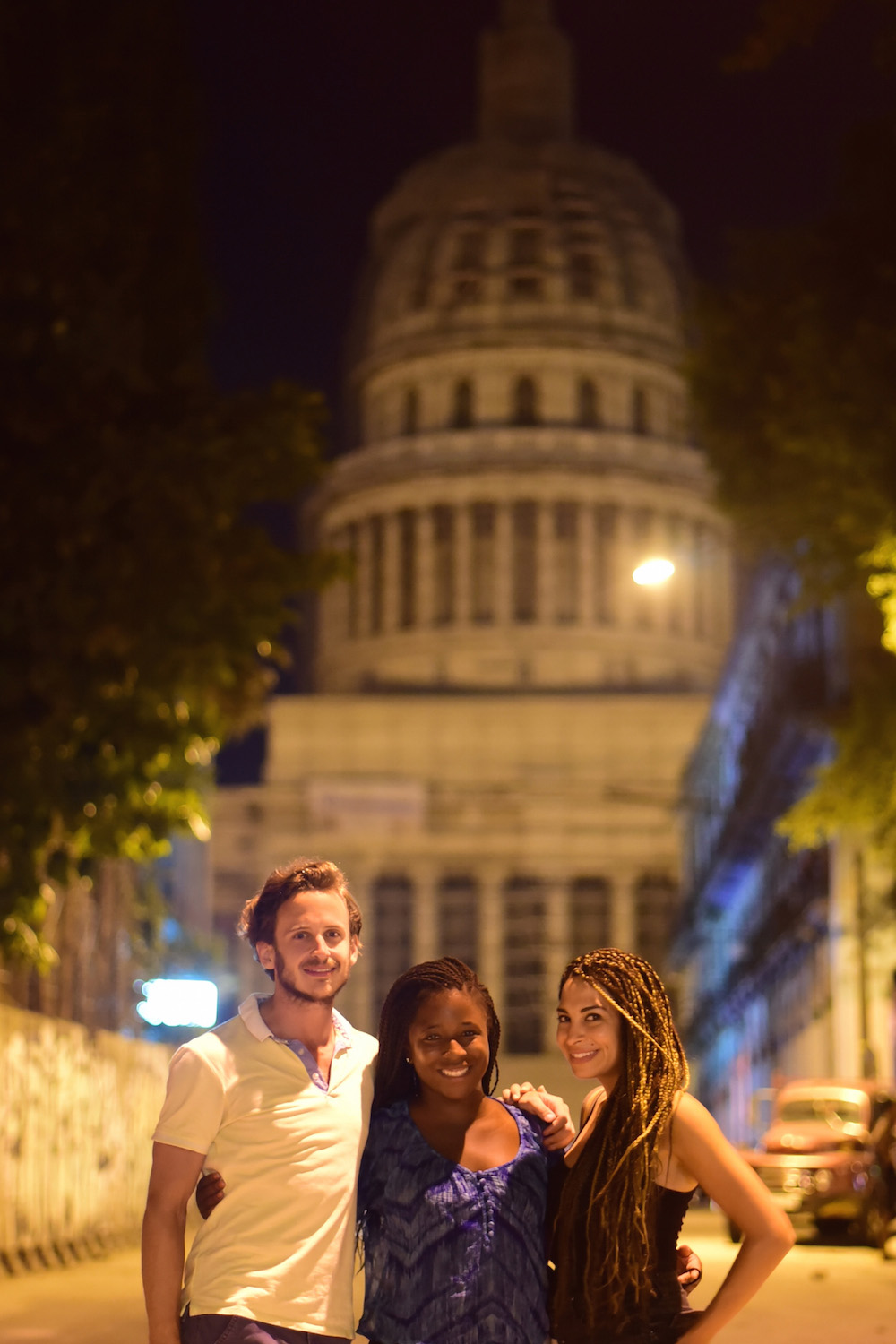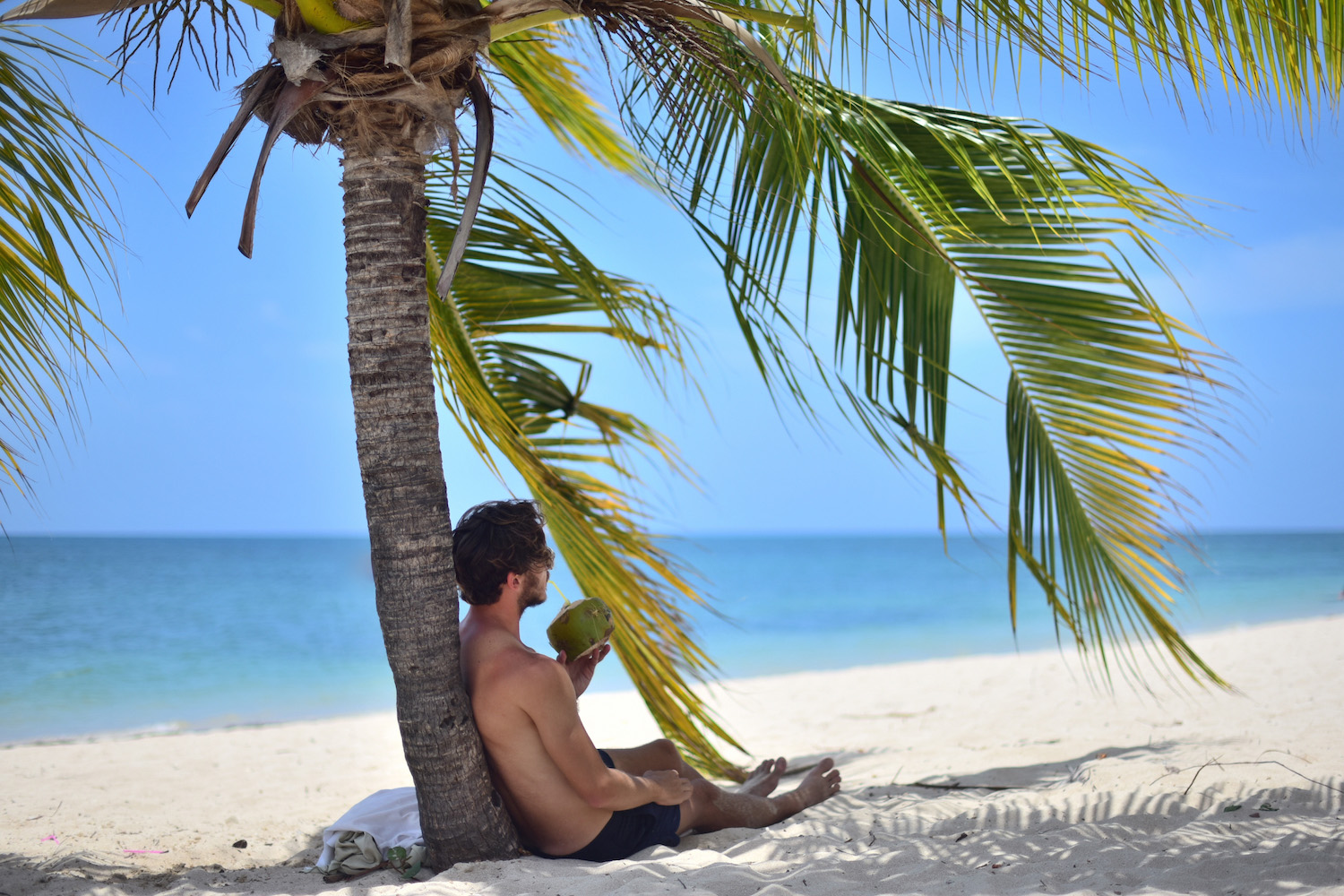“Ahora en Baracoa,” Sonia, the hostess at my casa particular, explained, “no hay agua.”
Candela, the resident parrot, echoed his master. “No hay agua,” he laughed, mimicking Sonia’s rhythm more than her actual words. “No hay agua, no hay agua.”
Before I could grasp the gravity of what I’d just been told, Sonia had fetched two ice-cold bottles of water for my friend Dora and I. They clearly contained filtered tap water – whose supply had surely never been in doubt – but our exchange encapsulated many truths about Cuba’s past, present and future.
I made a conscious decision to visit Cuba on the cusp of change, questions about which have weighed heavily on my mind during my two weeks here.
As I traipsed along the grand boulevards of Havana, in front of its monolithic Capitolio building and alongside the classic cars that transport most of its residents, I initially wondered how much of the city’s Old World – otherworldly, even – charm would survive the inevitable arrival of American brands, millions more annual tourists notwithstanding.
I then made my way into Cuba’s cigar country, and its anchor town of Viñales, where I quite accidentally made the acquaintance of a tobacco farmer named Domingo, whose authenticity and kindness seemed, like the architecture of Havana, of another time entirely.
I struggled with the request Domingo made of me as we parted – that I share his information with you, so that you, too, could partake of his family’s hospitality when and if your travels take you to Cuba – not because I didn’t want him to reap financial benefits he very much deserves, but because I didn’t want to participate in the commodification of something so intangible, a concern my trip to Trinidad, which is perhaps Cuba’s most touristic city as of this moment, illustrated all-too poetically.
When I got to Baracoa, a castaway paradise near the eastern tip of Cuba and just a stone’s throw from the Guantánamo Bay detention facility, I had not only reached the end of my trip, but the portion of Cuba’s population that is at once the most vulnerable to the coming changes – I can count on one hand the number of landscapes (both human and natural) I’ve seen that are as idyllic and wild as this one – and the most in need of it: Local cacao and coffee farmers have only a three-month growing season to earn the money they need to feed their families the whole year.
While Che and Fidel have likely already rolled over in their graves several times as capitalism knocks as Cuba’s crumbling red door, there is no question at all that the average Cuban’s standard of living will rise dramatically once the embargo is fully lifted, and likely long before then. On the other hand, I do fear racism and violence, which are basically absent from Cuban society today, might rear their ugly heads; the egalitarian social order – even if it is a rather poor one – seems doomed.
It’s just as indisputable that much of the magic of Cuba—the stuff I’ve tried to capture in thousands of words and hundreds of photos of Cuba over the past few weeks, mostly in vain—will disappear, or at least become much more subtle, as Cubans escape a chapter of their history for which my government bears as much responsibility as theirs.
Like Joni Mitchell did to life, love and the clouds floating above her, I’ve looked at Cuba from both sides, many times now. And while I, too, recall illusions and impressions much more vividly than facts—I really don’t know Cuba at all, to be sure—I do know one thing for sure.
You need to visit Cuba for yourself. I hope these pictures of Cuba inspire you to do so—and quickly.
